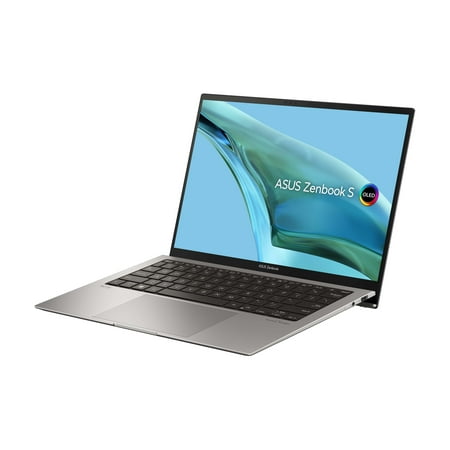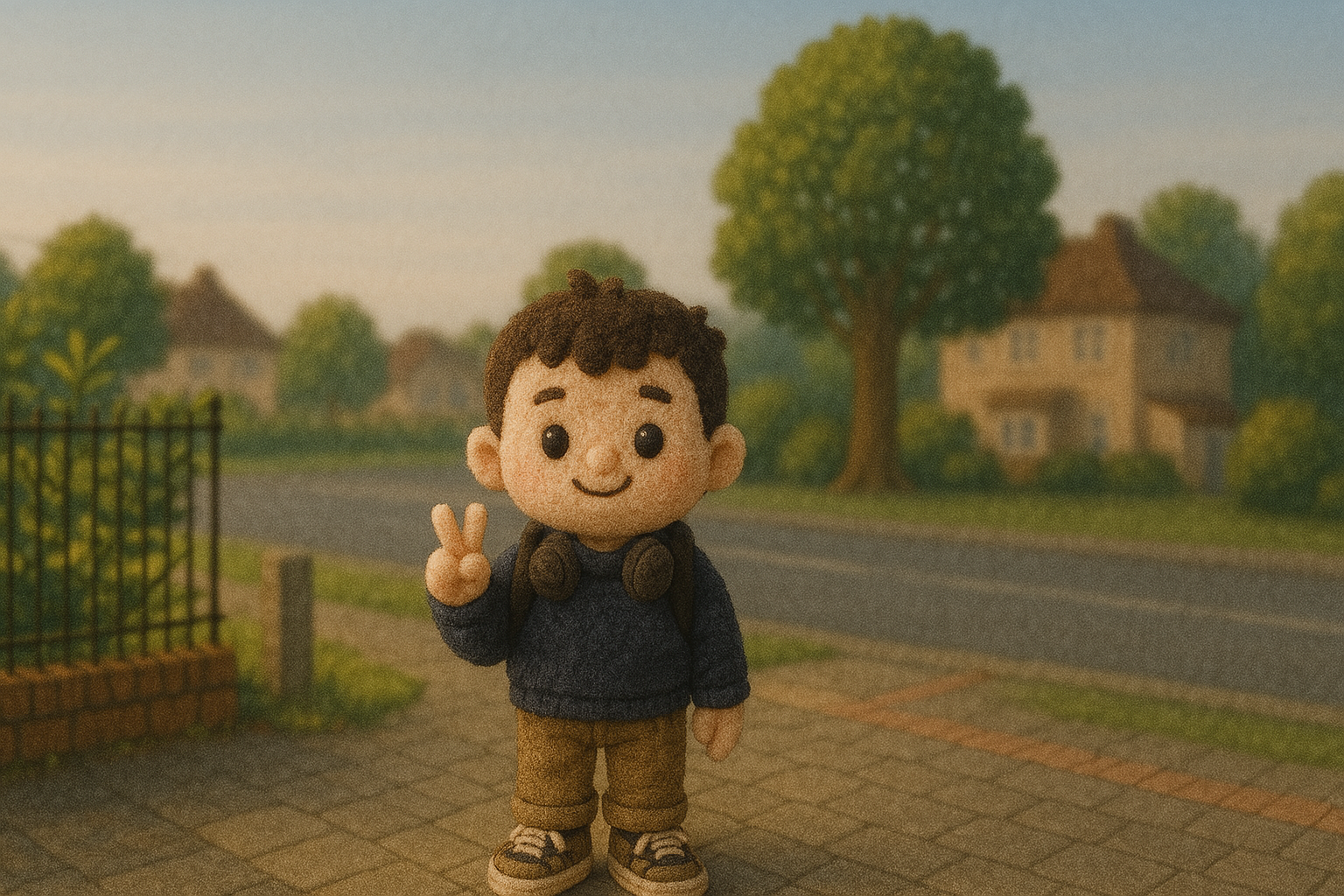I've created thousands of AI images and these are the best AI image generators of 2025
Create stunning art from text or images

I have created a lot of content using generative AI platforms. One of the first things I do every morning is open Ideogram and create something random, animate it in Runway and create a voiceover with Hedra. I have tested multiple AI models, particularly image models and they each have something unique to offer.
AI image generation has come a long way in a few short years. The first version of Midjourney came out in February 2022. It could barely create a realistic-looking human. Now, almost three years on its output is indistinguishable from reality.
Recent updates
We put Google's impressive Imagen 3 AI image model to the test with a series of 7 prompts.
In a rapidly evolving market, a good model isn’t enough anymore though. What makes a platform stand out is the additional features including tools like Ideogram’s Canvas, upscaling in Freepik or Midjourney’s Editor which also includes editing external images.
Working out which model to use, especially when you are parting with money to get the best capabilities, can be a challenge. Hopefully, this guide will help. As well as simply using the image generation platforms, I also put them to the test with a range of prompt styles, image types and criteria to see not only how they perform, but also how they compare to one another.
I've run realism tests, which image generator animated best with Runway, which creates the best text and which produces the most lifelike people. All of these helped me come up with this guide to the best AI image generators available today.
How we test AI image generators
Why you can trust Tom's Guide
The most simple test of any tool is to use it — a lot. I create images as part of my everyday work in all of the big AI image generators, especially the ones I’ve included here. I then run comparison tests, and prompt tests, and try to see what they can’t do.
I play with different tools and features not part of the core model and see how the output interacts with other tools such as AI-generated video or lip-synching. Each model has its own unique prompting quirks as well, and I’ve tried to find the best of those.
For this guide, I’ve focused on platforms rather than underlying models. Some models, like Flux and Stable Diffusion, are widely available on services like FAL, NightCafe, Leonardo and Freepik. Others are single-platform models. However, that is changing with the rise in APIs. For example, you can get Imagen 3, DALL-E 3 and Ideogram on NightCafe now.
For each of the generators below I came up with five prompts to put them to the test. You can see the resulting images in a gallery for each section. For Leonardo, these were made with Phoenix, NightCafe images were made using Flux 1.1 Pro and Freepik images were generated using its own Mystic model.

Ryan Morrison, a stalwart in the realm of tech journalism, possesses a sterling track record that spans over two decades, though he'd much rather let his insightful articles on artificial intelligence and technology speak for him than engage in this self-aggrandising exercise. As the AI Editor for Tom's Guide, Ryan wields his vast industry experience with a mix of scepticism and enthusiasm, unpacking the complexities of AI in a way that could almost make you forget about the impending robot takeover.
Best AI image generator overall

1. Midjourney
Specifications
Reasons to buy
Reasons to avoid
While Midjourney may not offer the extensive range of models or video capabilities found in platforms like FAL, NightCafe, and Leonardo, it remains a reliable and powerful AI image generator. Known for producing highly realistic images, it provides users with impressive control over their outputs.
Initially, mastering Midjourney's numerous parameters and features—especially within its Discord interface—can be challenging. However, once you grasp the fundamentals, it becomes a remarkable tool. Talented users have achieved photorealistic results, with images indistinguishable from actual photographs. Notably, Midjourney was among the first to address the common issue of rendering human fingers accurately, consistently producing lifelike human depictions.
On July 30, 2024, Midjourney released version 6.1, which introduced enhanced skin textures to further improve human realism. This update also brought more coherent images with precise details and textures, and it generates images approximately 25% faster than the previous version.
However, Midjourney has faced controversy due to its reluctance to disclose the sources of its training data. Many speculate that it involves extensive scraping of publicly available images, raising concerns about the use of content without creators' permission.
What truly sets Midjourney apart is the level of control it offers over image generation. Users can employ parameter commands to reference styles or characters from other images or utilize commands to significantly alter an image's appearance, providing a high degree of creative flexibility.
Looking ahead, the Midjourney team has hinted at exciting developments, including potential video and 3D capabilities, as well as the anticipated launch of version 7. These updates promise to expand the platform's features and offer users even more creative possibilities.
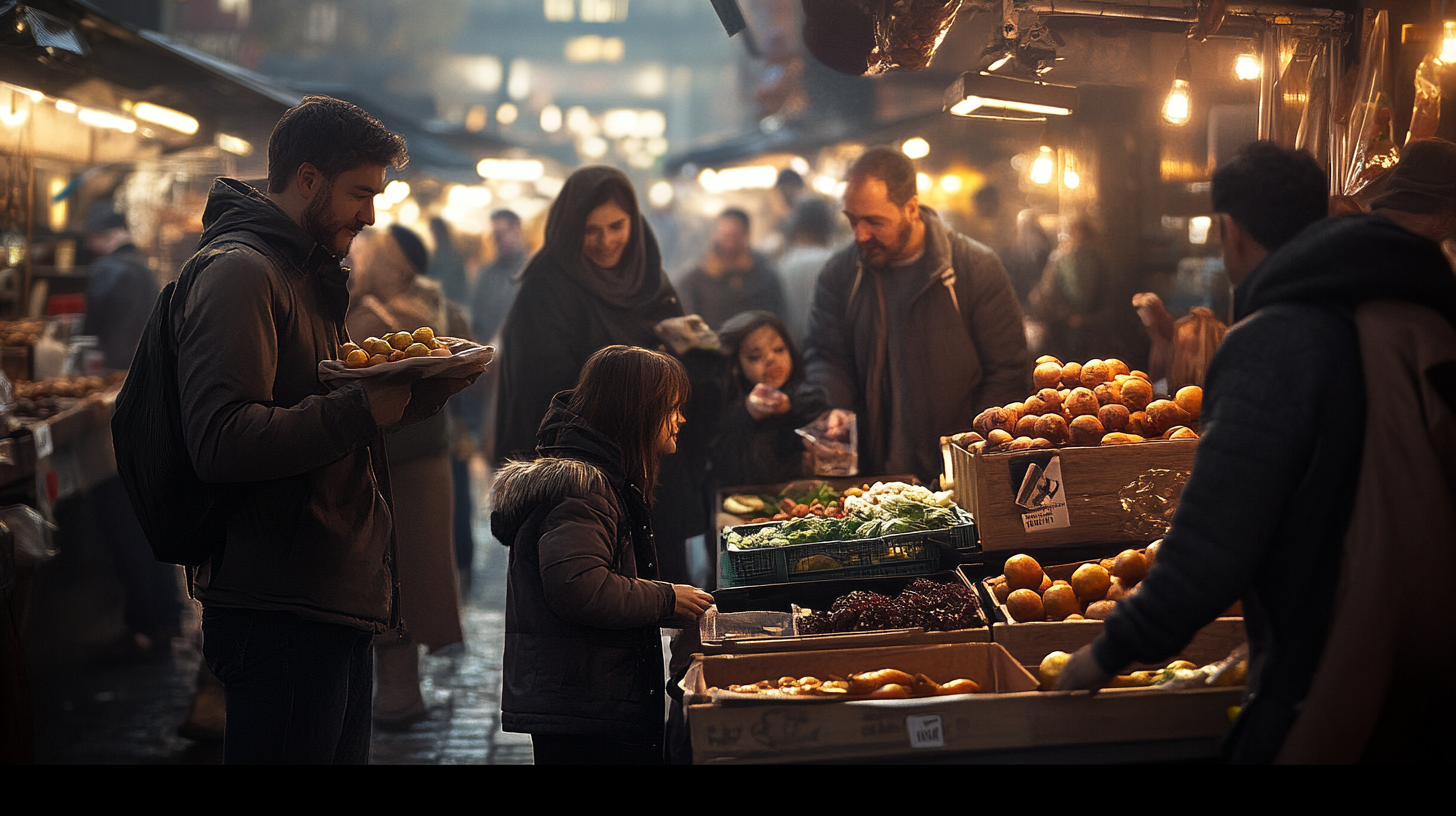
Prompt: A vibrant, candid street photo of people in a busy London market during autumn, focusing on diversity and interactions between friends and families. The scene should capture realistic clothing, natural smiles, and market stalls brimming with fresh produce and handmade items. Golden autumn light softly illuminates the scene, creating a warm atmosphere.

Prompt: A futuristic eco-friendly skyscraper in central Tokyo. The building incorporates lush vertical gardens on every floor, with cascading plants and trees lining glass terraces. Solar panels and wind turbines are integrated into the structure's design, reflecting a sustainable future. The Tokyo Tower is visible in the background, contrasting the modern eco-architecture with traditional city landmarks.

Prompt: A beautifully plated vegan gourmet dish featuring a colourful arrangement of roasted vegetables, microgreens, and edible flowers on a minimalist ceramic plate. Each ingredient should have intricate detail, capturing a mix of textures like roasted, crispy, and creamy. The backdrop is soft and blurred, making the vibrant colours of the food the central focus.
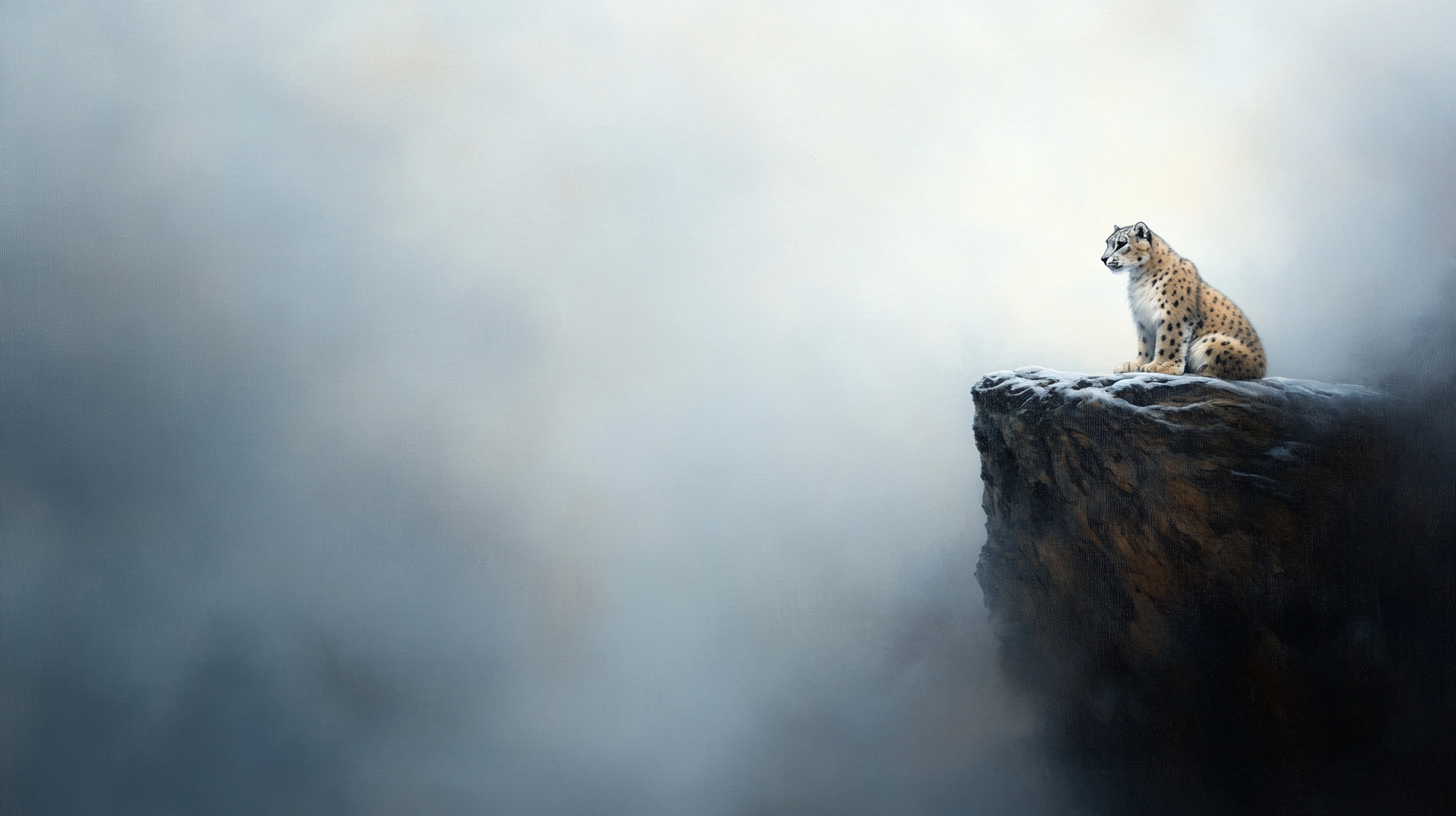
Prompt: An elegant snow leopard perched on a cliff in the Himalayan mountains, surrounded by swirling snow. The animal’s fur is intricately detailed with distinctive patterns and a thick winter coat. The scene captures the majesty and isolation of the leopard's habitat, with mist and mountain peaks fading into the background.

Prompt: A retro-futuristic sci-fi poster with a neon-coloured space scene featuring a large, glowing planet in the foreground and multiple smaller planets in orbit. Include a spaceship flying towards the largest planet, with a trail of light behind it. Add stylised text at the top saying, "Journey Beyond" in a bold, vintage font, and at the bottom, a tagline: "Explore the Stars - 2089." The image should evoke a mix of nostalgia and futuristic exploration.
Best for Features
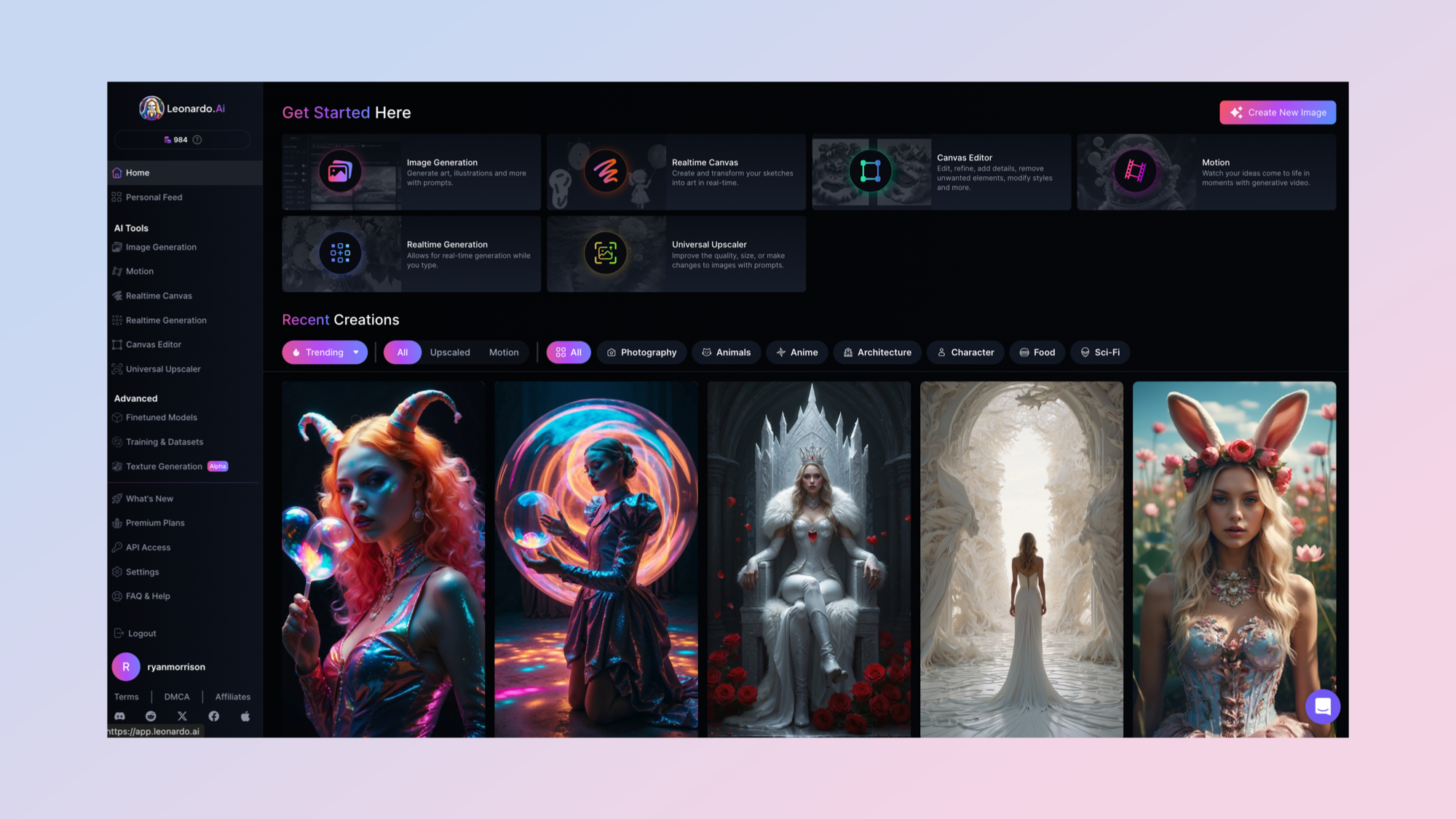
2. Leonardo
Our expert review:
Specifications
Reasons to buy
Reasons to avoid
Leonardo started life as a well-done wrapper for the variety of Stable Diffusion models but it has evolved into so much more than that with the addition of the powerful new Phoenix model. It still has the SD models but offers them with custom styles and fine-tuned versions of models.
In July 2024, Leonardo was acquired by Canva, a leading visual communication platform. This acquisition aims to integrate Leonardo's generative AI capabilities into Canva's suite of tools, enhancing features like the Dream Lab—an AI-powered image generator that creates custom images based on user prompts. Dream Lab leverages Leonardo's Phoenix model to produce images in various styles, including photorealistic outputs.
Despite these advancements, Leonardo maintains its user-friendly interface, offering extensive control over image generation. It is already up there with the best. Leonardo's ability to generate photorealistic images, thanks to the fine-tuned PhotoReal model, is nearly up to Midjourney standards and it can create a range of styles with the Elements feature.
These elements are a fine-tuned model that can be applied before generation and steer the image to be created with a particular look such as a sketch or sculpture. You also have the ability set a style such as cinematic, food or long exposure.
What really makes Leonardo standout for me is the combination of an easy to use UI, mixed with an incredible amount of control. You can add reference images and set how the AI should use them, control the size and layout, even add a transparent background.
Most of these features are available in other platforms, but Leonardo has them all as well as a range of other features such as image upscaling, live image generation and one of the most creative tools — the ability to draw a sketch and have the AI turn it into a full image.
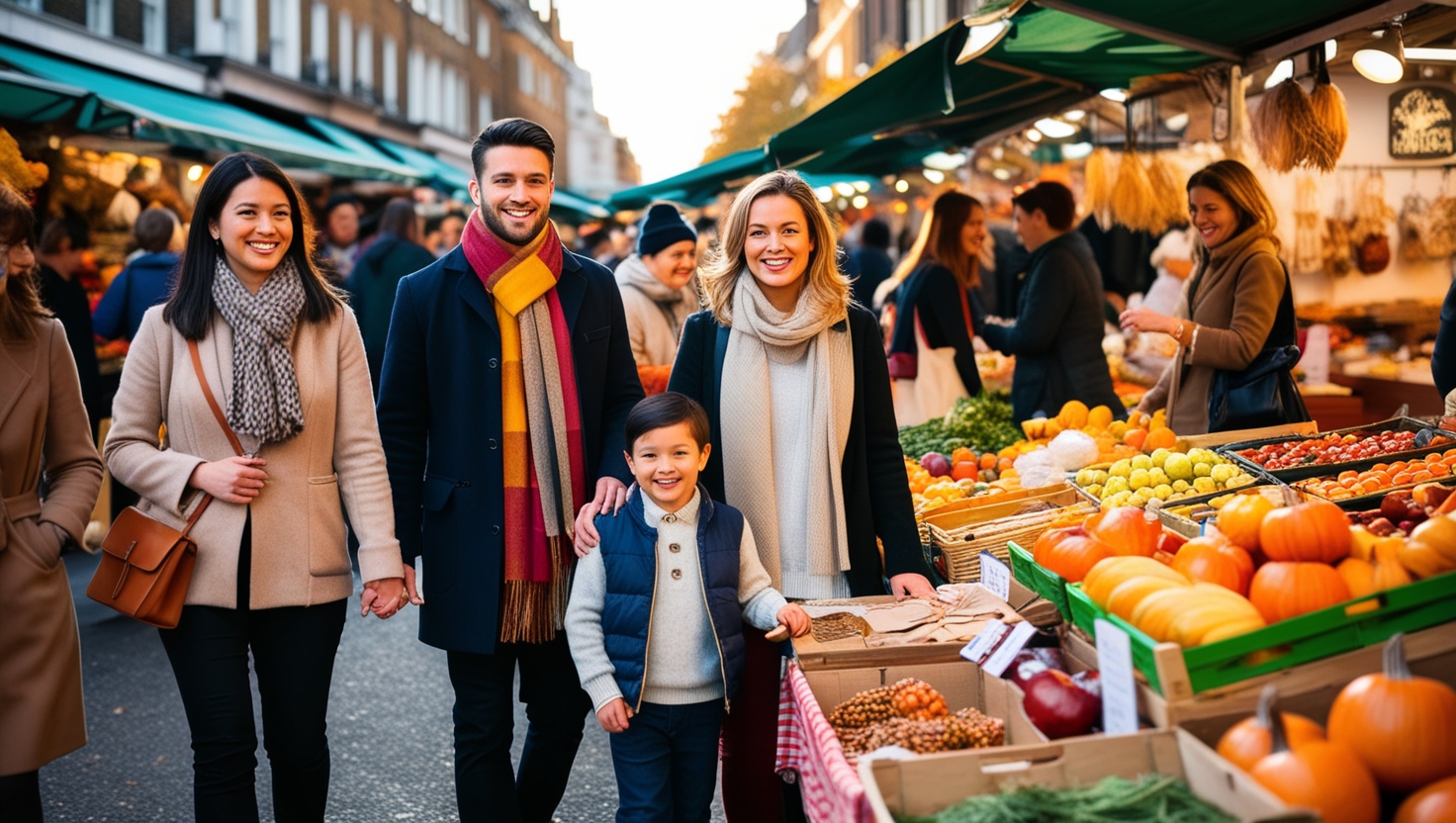
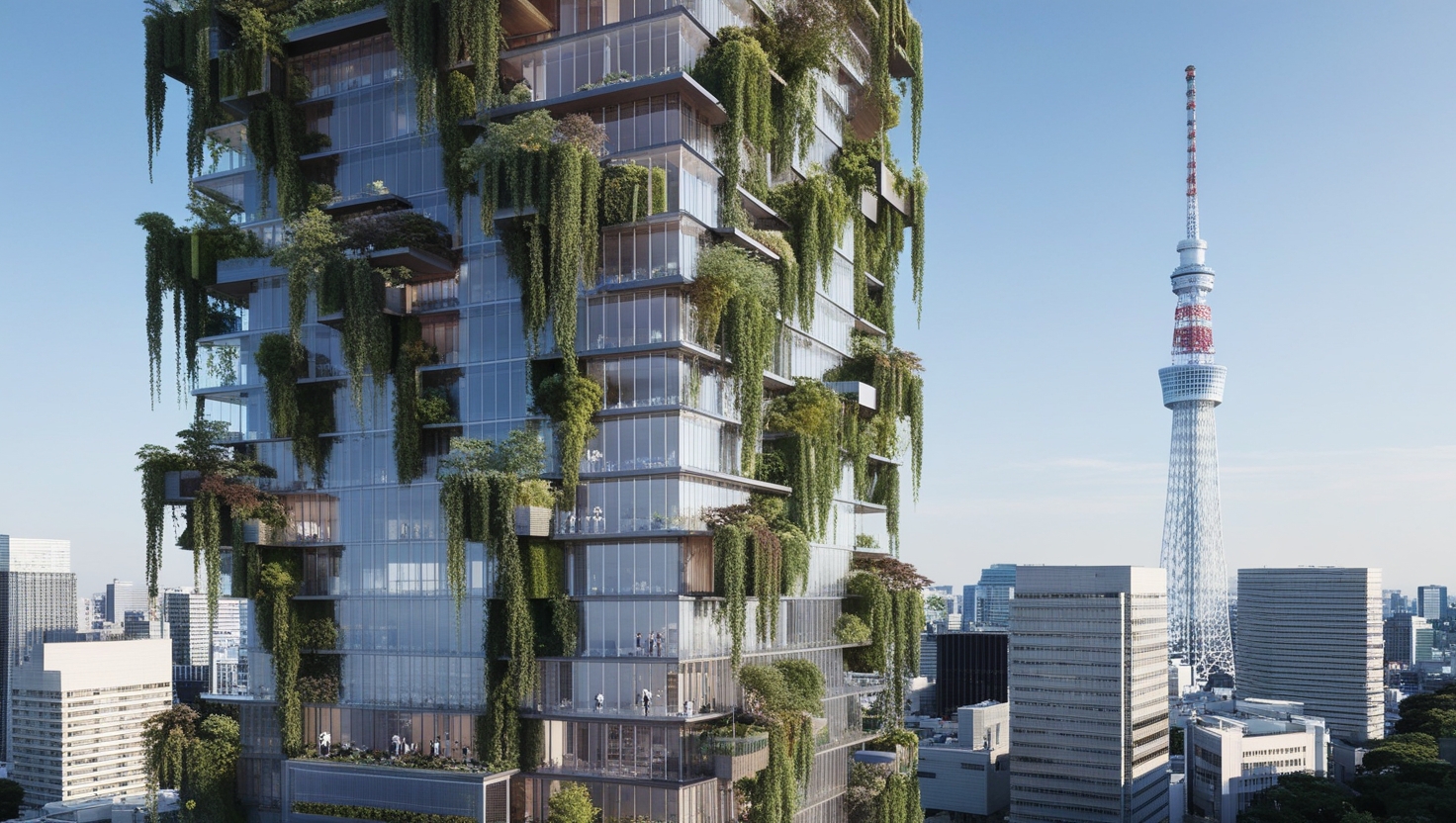
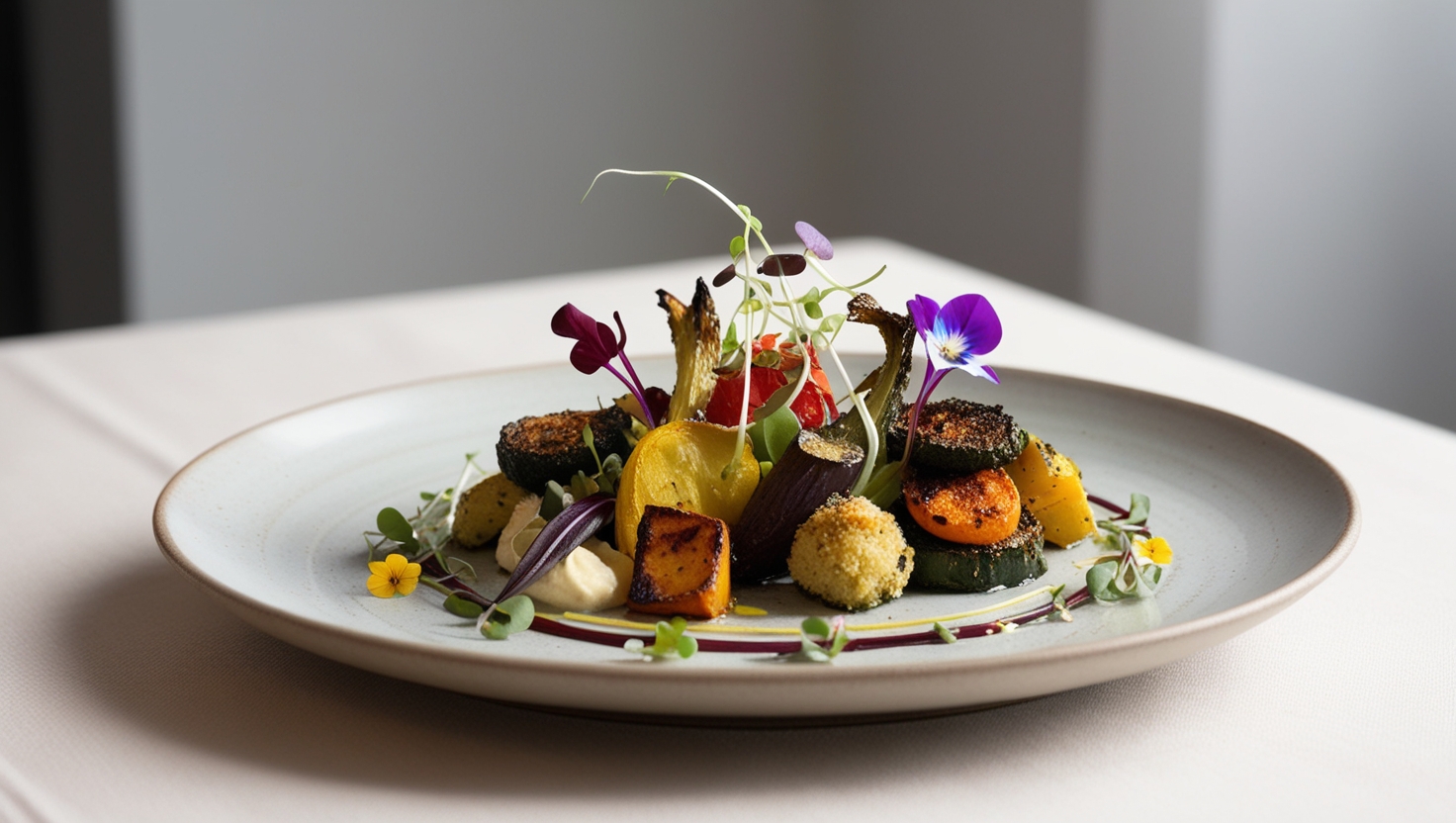
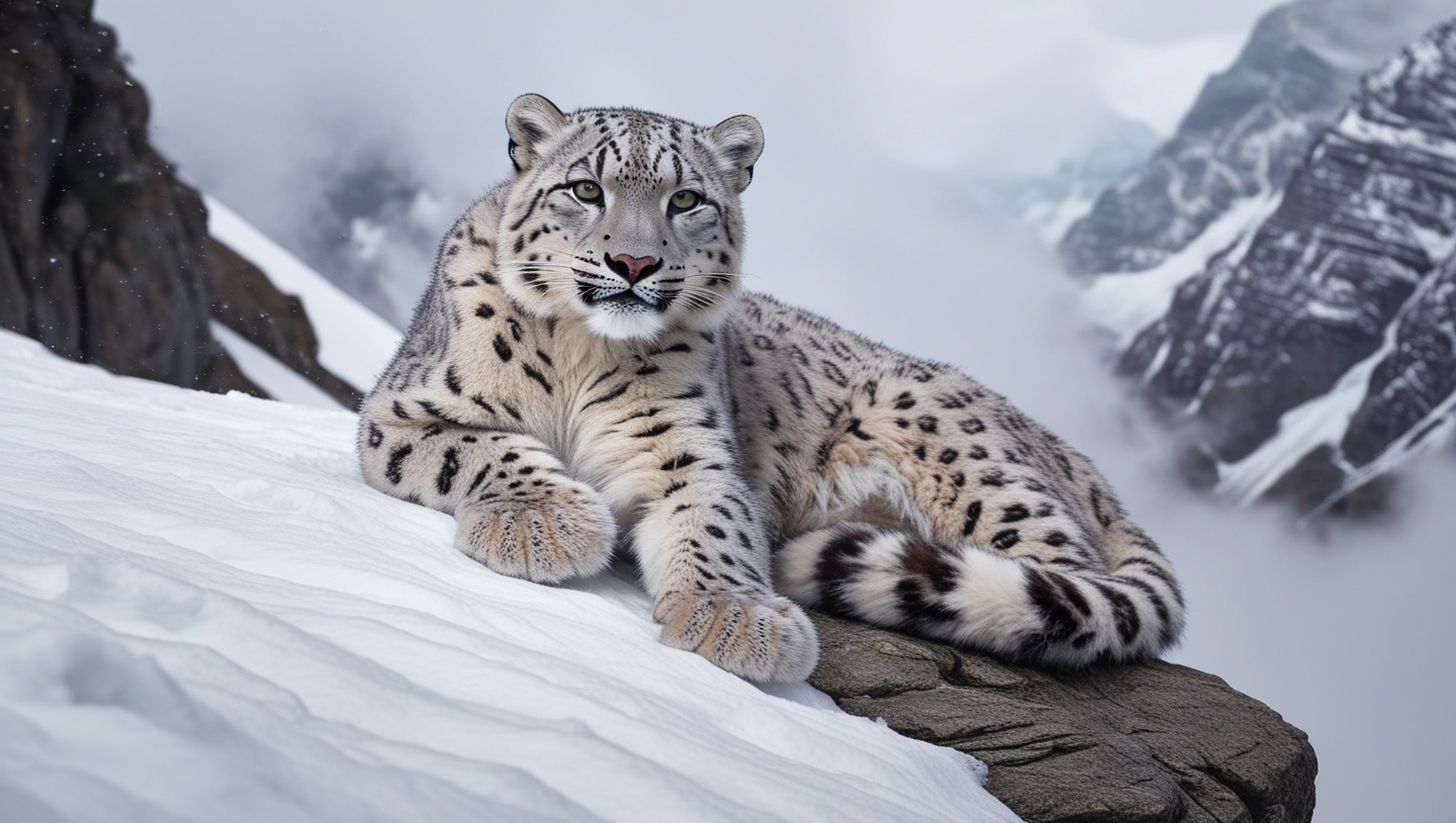
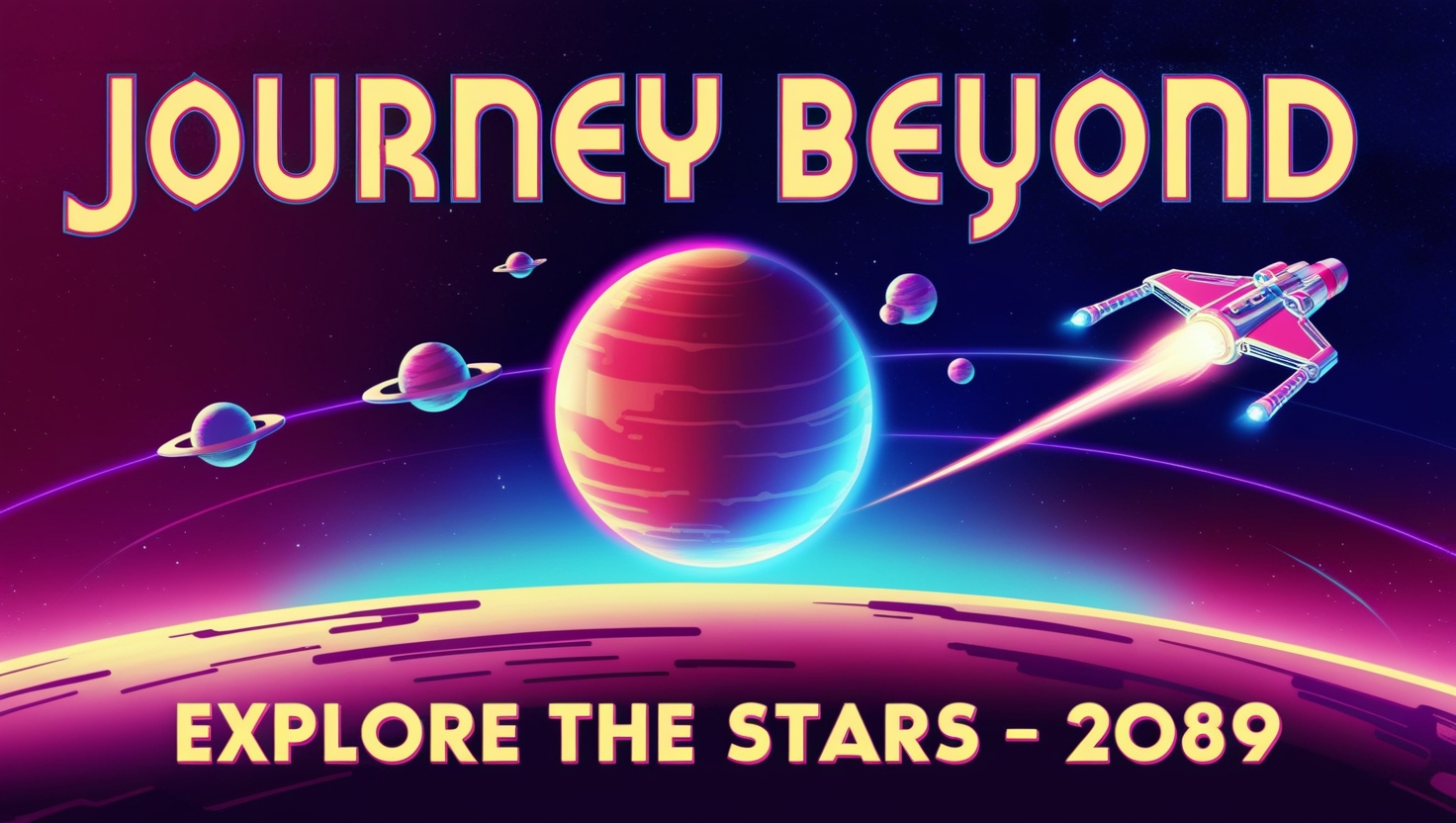
Best for text on images
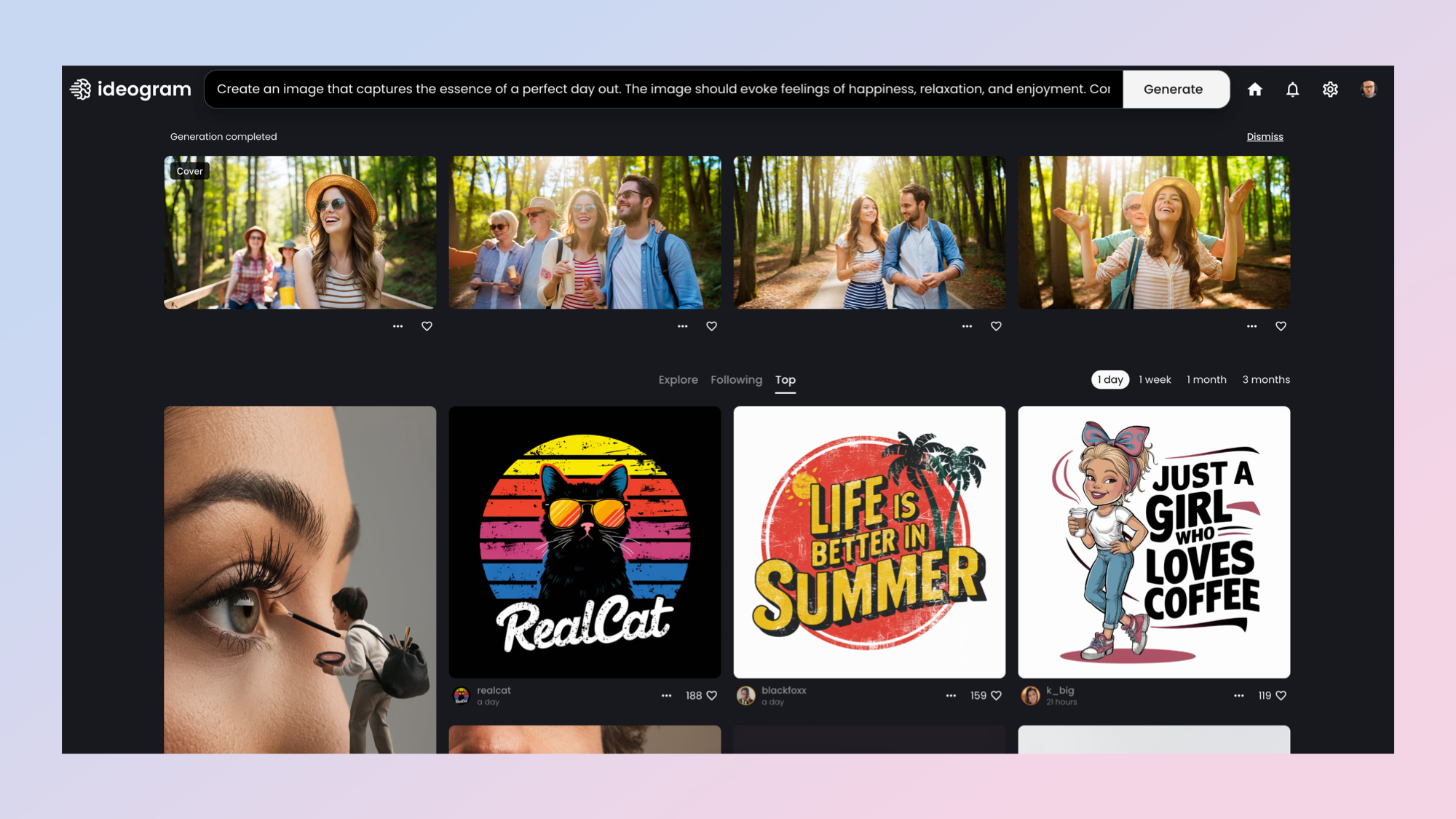
3. Ideogram
Specifications
Reasons to buy
Reasons to avoid
Ideogram is one of my favorite AI image generators for my own personal use. Version 2 gave us a new set of features that put it on par with Midjourney, as well as some not available elsewhere such as color pallets and a 'design' style.
It follows a prompt really well and can add text like no other model. I’ve been able to generate full movie posters, flyers and greeting cards with accurate text.
With the new Canvas feature you can edit and manipulate generated images using extended text prompts. This is great for correcting text or graphic design.
Accessed through a wonderfully simple prompt box, with the option to automatically enhance your prompt to get a better image, it is both easy to use and powerful.
While it is best for adding text on to images, it also has a bit of Midjourney flare to the style of the works it generates. You can turn off magic prompt and create more artistically simple images, or even add customized style tags.
Ideogram's Magic Prompt is a compelling feature. If its turned on then a large language model will analyze your prompt and re-write to be much more descriptive to get closer to your vision.
You can see your original prompt as well as the magic prompt for any image, adapt it or use it to create a new picture. You can also use any generated image as a source for a new image.
Ideogram introduced Batch Generation, streamlining the image creation process by enabling users to generate multiple images simultaneously. This feature reduces repetitive tasks, allowing creators to focus on more high-impact work, such as designing social media visuals, conceptualizing logos, and developing product mockups efficiently.
To cater to on-the-go users, Ideogram released an official iOS application, bringing its powerful image generation capabilities to mobile devices. An Android application is also in development, aiming to expand accessibility across platforms.
These developments reflect Ideogram's commitment to enhancing user experience and expanding its toolset for both personal and professional creative endeavors.
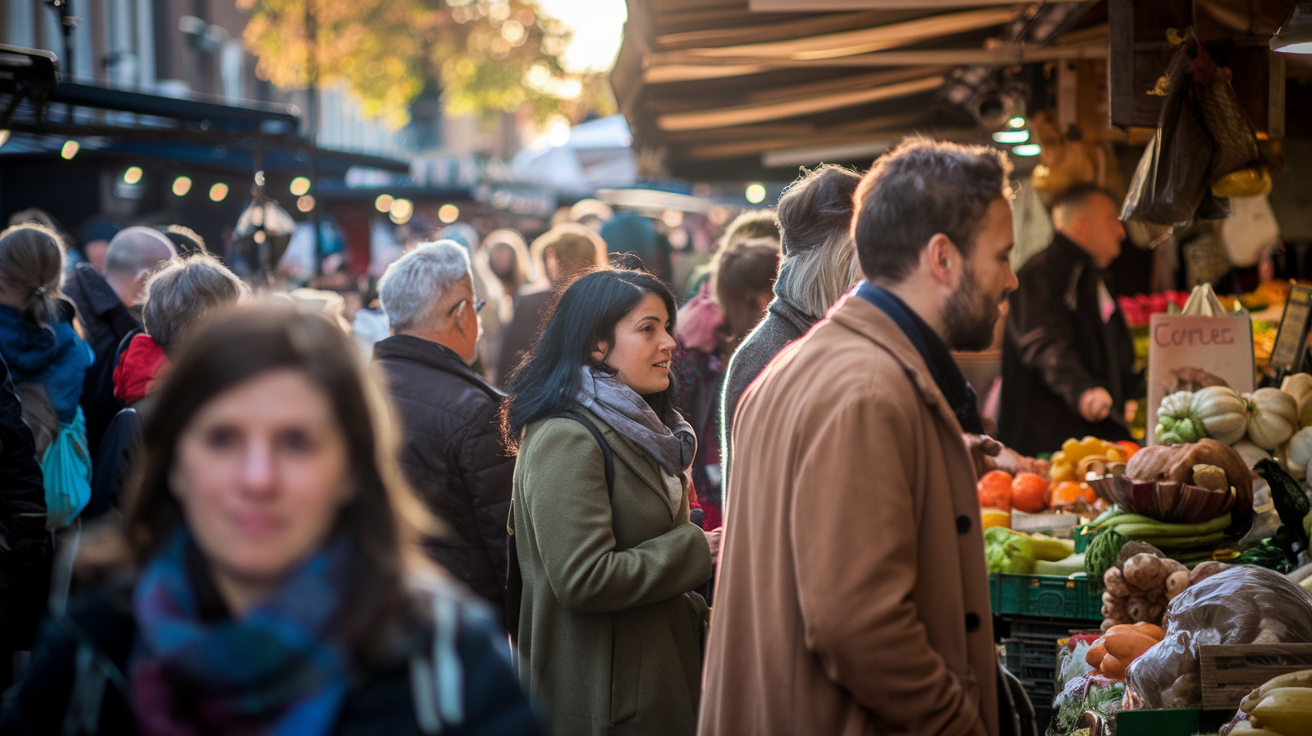
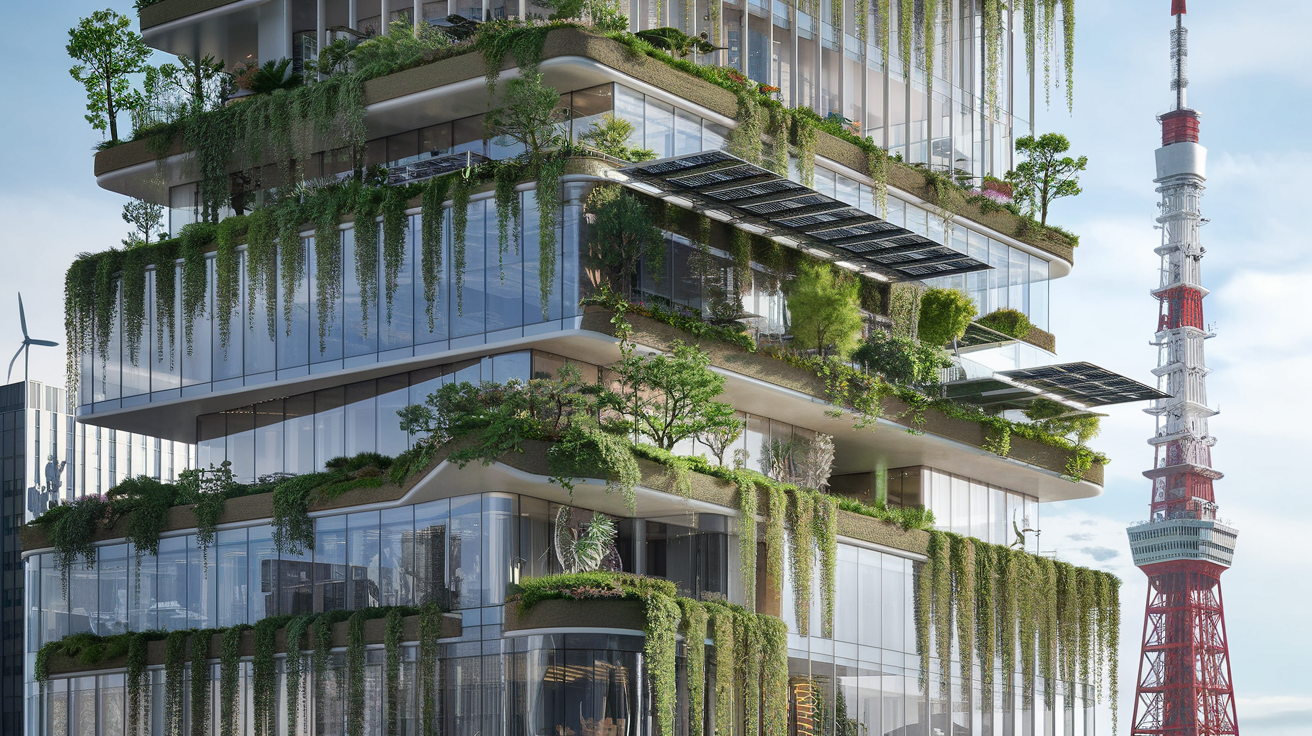

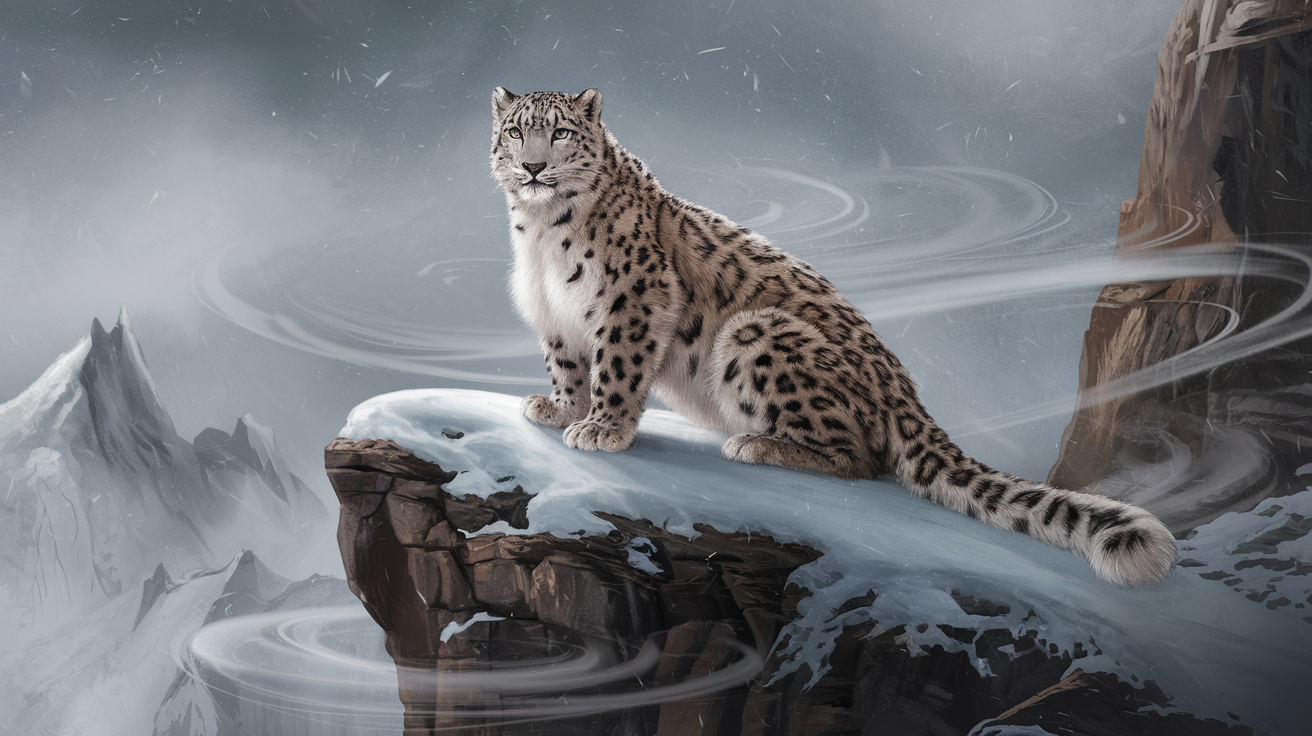

Best for collaboration
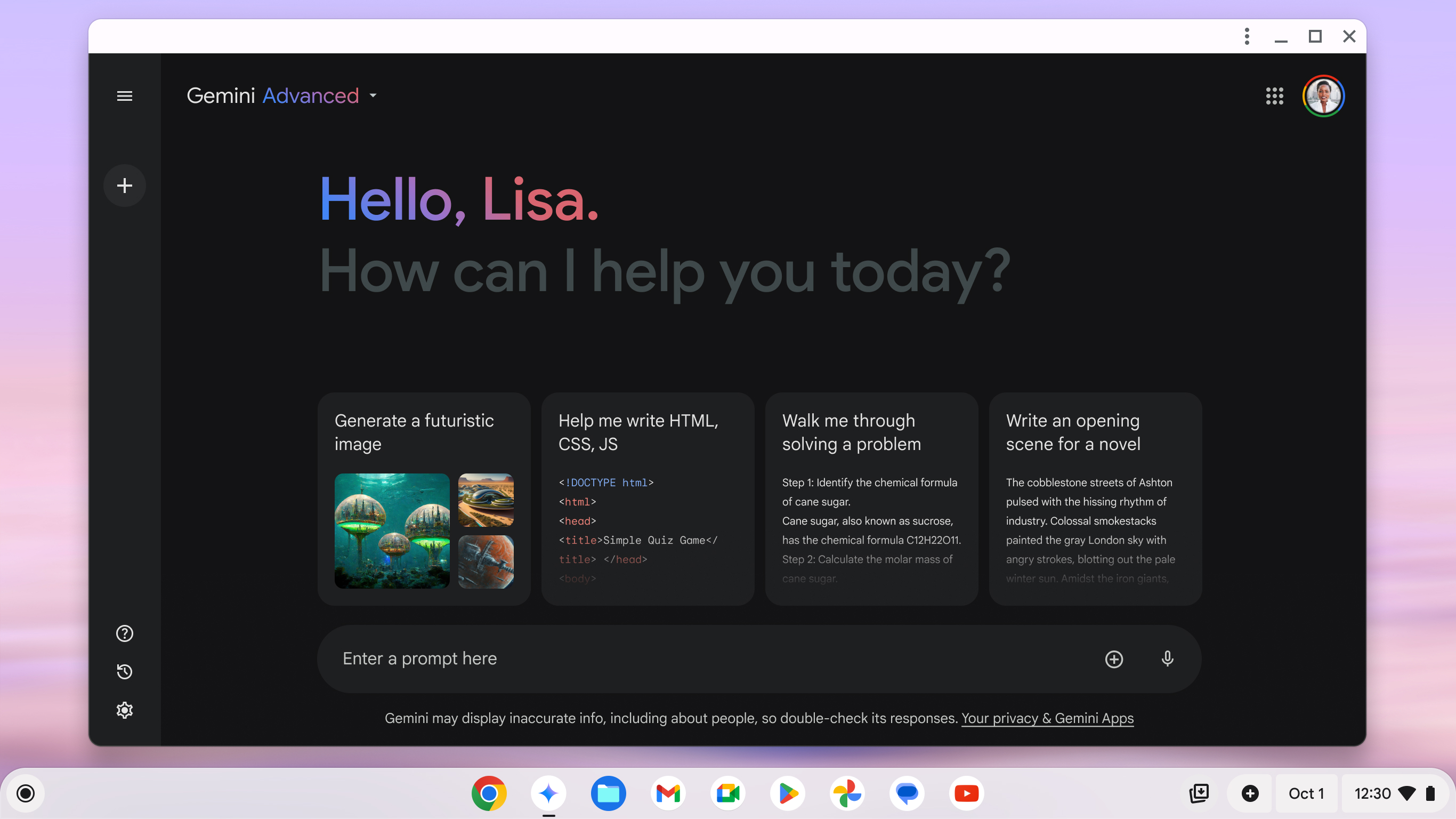
4. Google Gemini
Specifications
Reasons to buy
Reasons to avoid
Google Gemini has had a rocky road when it comes to image generation. It uses the Google DeepMind developed Imagen family of AI image models to create pictures with the Gemini chatbot acting as a go-between, enhancing prompts and making changes.
This led to some issues where it was generated unexpected images of people. Google blocked Gemini from making pictures of people — real or fake — for a while and limited the rollout of image creation globally until it was fixed.
Google's Gemini has made significant strides in image generation, particularly with the integration of the Imagen 3 model. This advancement has enhanced Gemini's ability to produce high-quality images, including those featuring people, a capability that had been previously suspended due to concerns over inaccuracies.
Imagen 3 offers the ability to create images in various styles, from photorealistic landscapes to textured oil paintings. Users can refine generated images by modifying specific elements, allowing for iterative customization.
Initially available to select users, the image generation feature has been extended to a broader audience, including Gemini Advanced, Business, and Enterprise users. This expansion aims to provide more users with access to advanced image creation tools.





Best for interaction
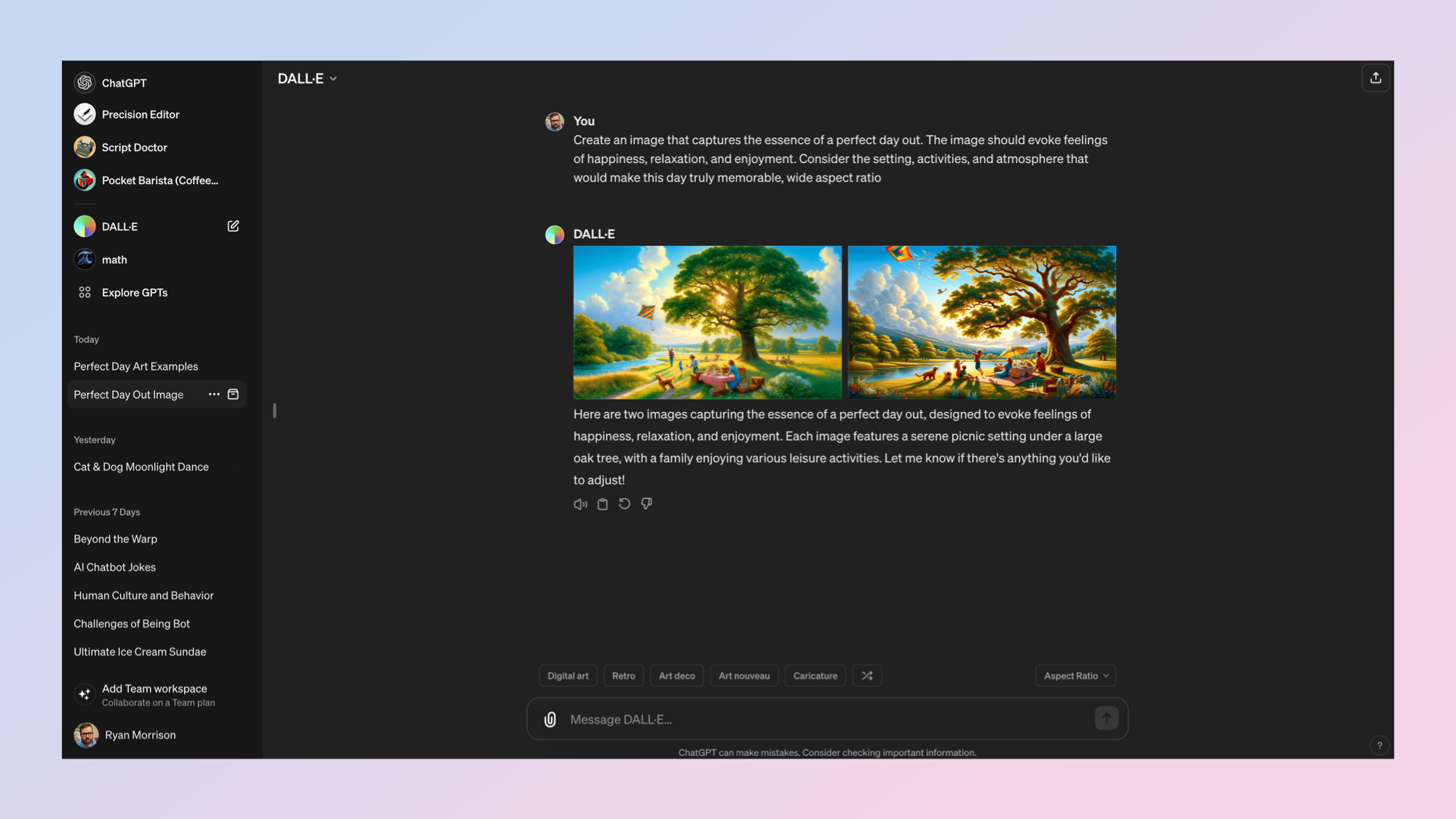
5. OpenAI ChatGPT (DALL-E 3)
Specifications
Reasons to buy
Reasons to avoid
DALL-E 3 is only available in ChatGPT to those with a Plus account. There are a few ways to use DALL-E within ChatGPT. You can just access it through the main interface, through the DALL-E GPT custom chatbot, or by tagging DALL-E in the main chat.
The original DALL-E was one of the first high profile commercial generative AI image tools. Initially available as an API or through a dedicated DALL-E page, OpenAI has since bundled it with its chatbot. This is also its primary selling point — the ability to talk through an image.
Everything is based on text prompts and it uses completely natural language for generation. For example you can tell it to generate a picture of a cat, then follow up with asking it to add a hat.
With the most recent update you can now click on the image itself and make edits within the picture. This is done by drawing over the part you want to change and telling ChatGPT how to change it — once again relying on the conversational nature of the editor.
I don’t think DALL-E is the best AI image generator but it is a good all rounder. It can do text, it can create photorealistic images (with a slight uncanny valley) and produce artistic work but the ability to reason and rationalize over the image with text is the big benefit.
It is in urgent need of an AI image update. Technically GPT-4o can create images on its own without the need for a third model (the way Gemini uses Imagen 3 or ChatGPT currently uses DALL-E 3) but it isn't currently allowed to do so because of safety concerns.
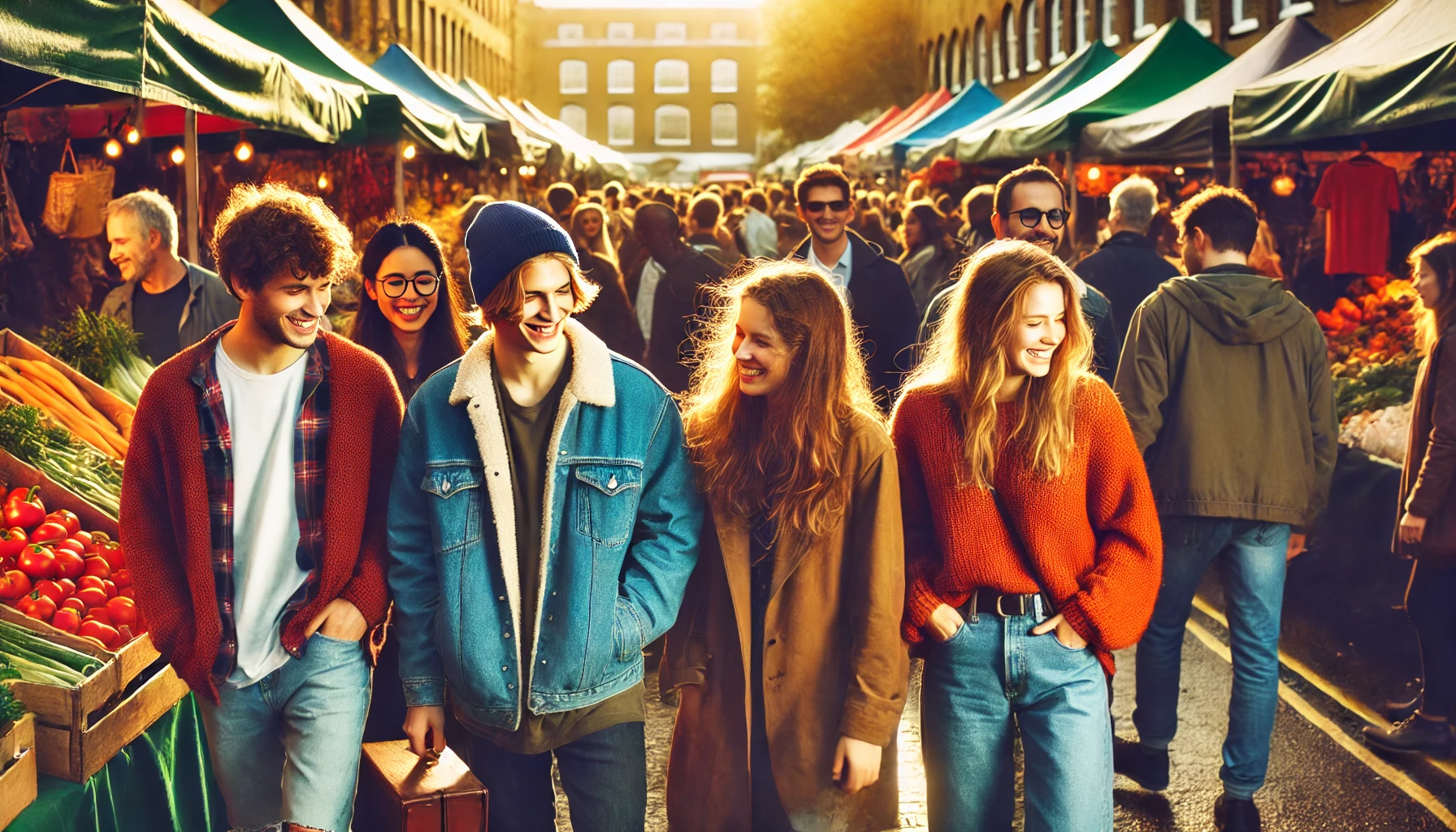
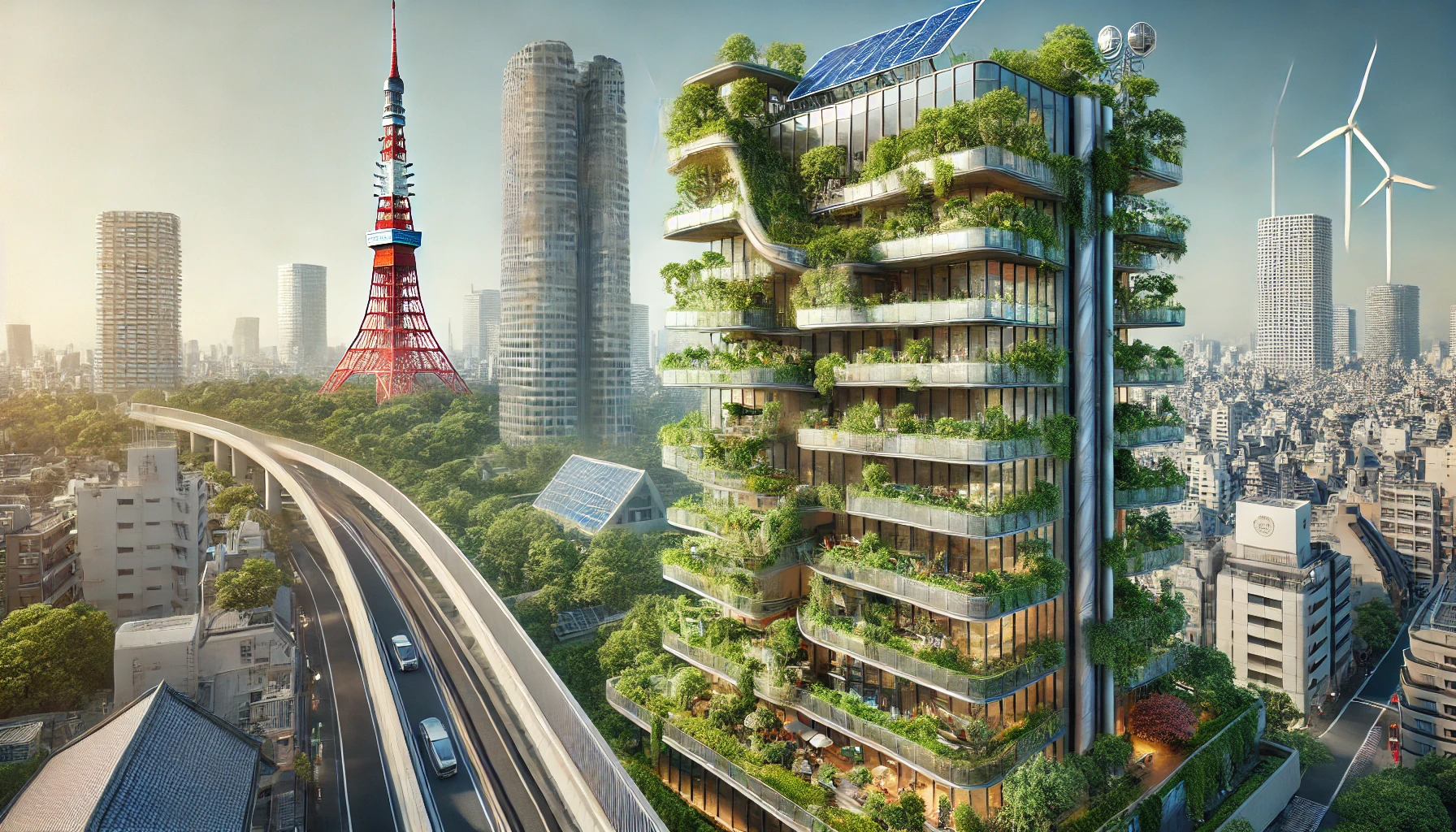
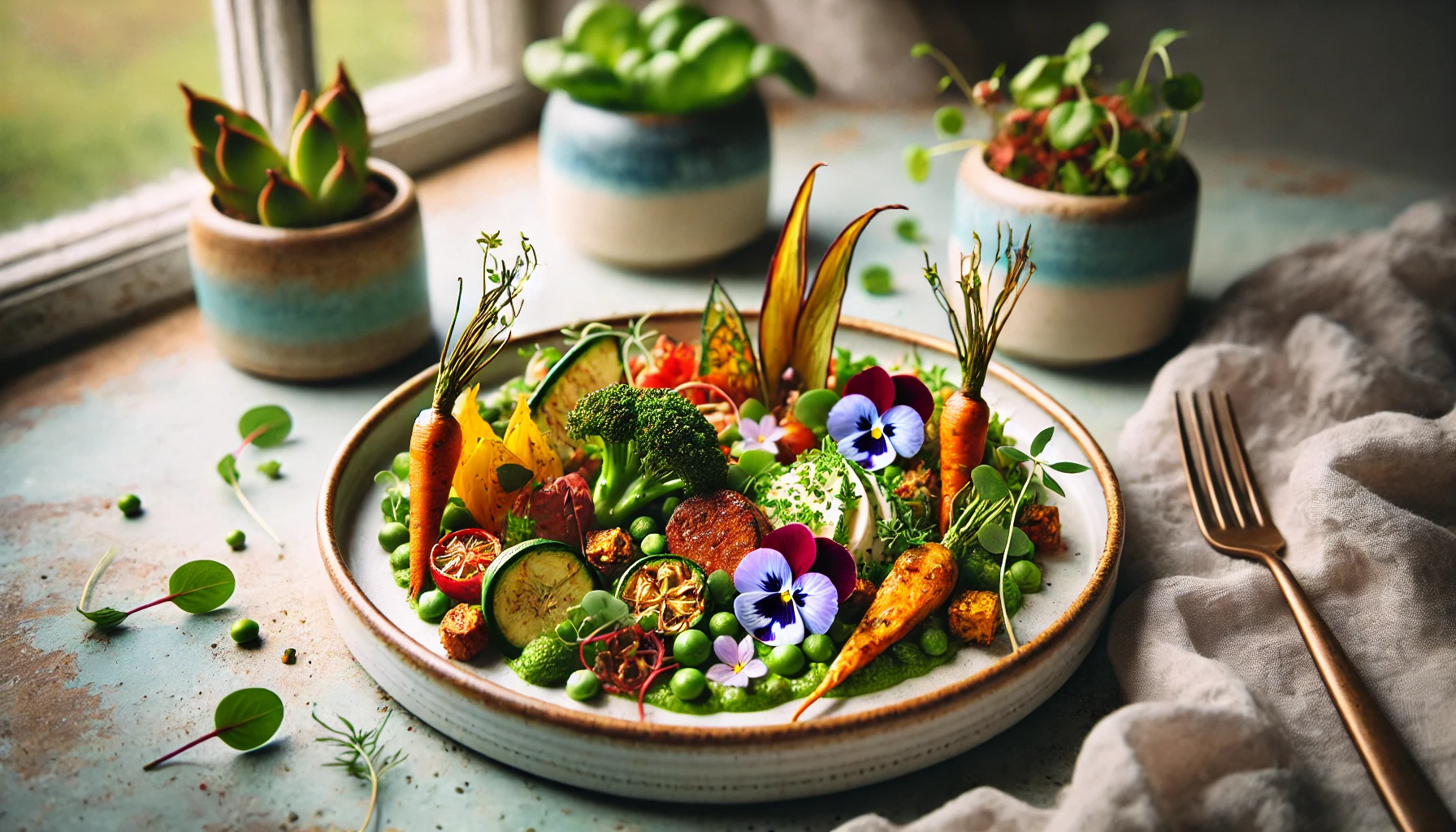


Best for ethical training
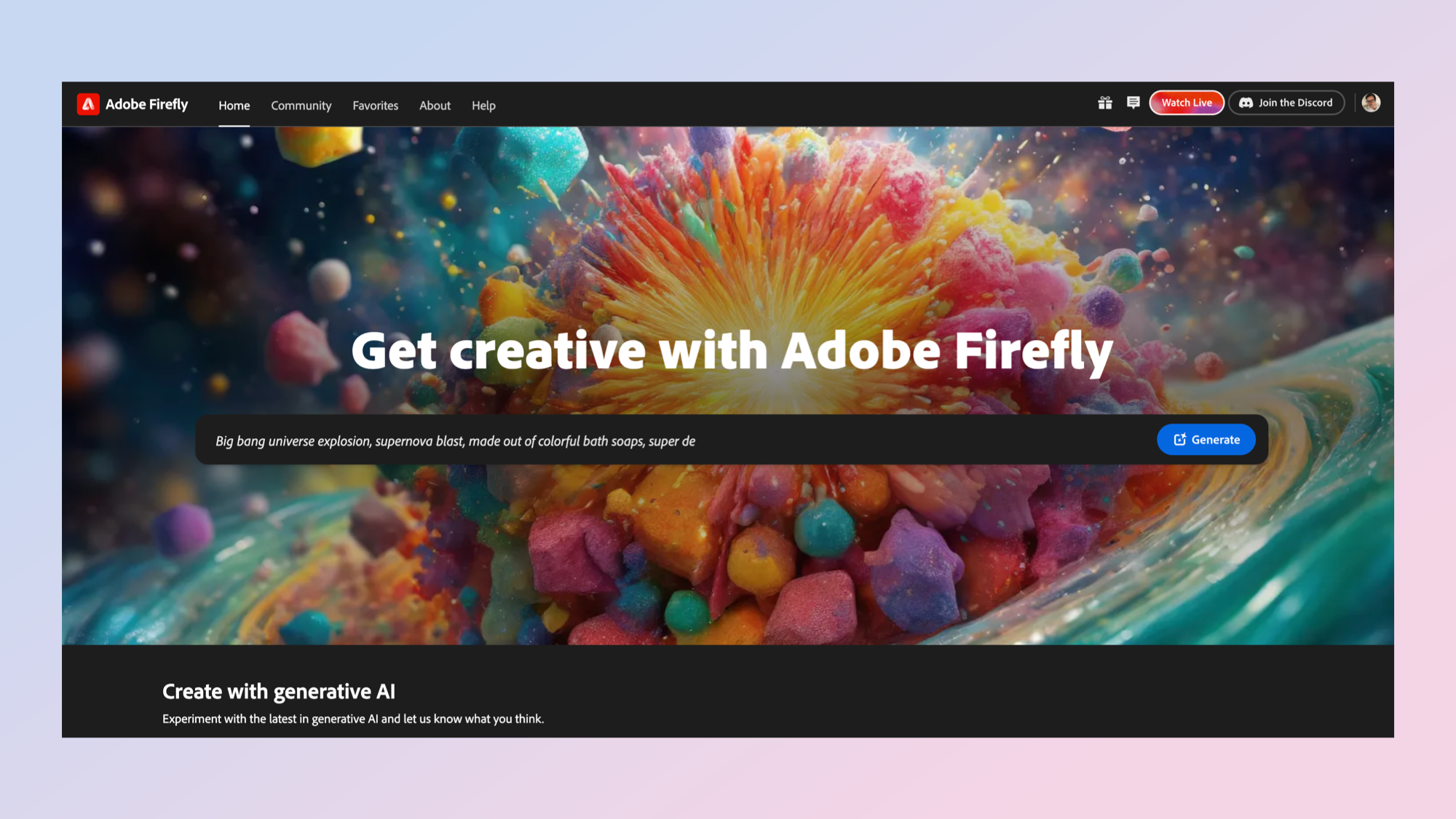
7. Adobe Firefly
Specifications
Reasons to buy
Reasons to avoid
Adobe Firefly has some impressive tools including prompt suggestions, deep customizations for the image generation and a training dataset almost exclusively trained on Adobe Stock pictures.
This last point means it has a more ethical training set than most image generators on the market, even prompting Adobe to offer financial indemnity from copyright claims against images generated using Firefly.
Firefly was given a major upgrade recently with the arrival of the Firefly 3 model. With this came impressive degrees of photorealism compared to the previous model and even better artistic skills — which were already among the best.
Adobe offers a number of generative AI features including vector generation, template creation and generative fill in Photoshop, all powered by the Firefly model.
Adobe Firefly has recently introduced significant advancements, notably the release of the Firefly Video Model in public beta. This model enables users to generate high-quality, IP-friendly video content from text prompts or images, integrating seamlessly with Adobe's Creative Cloud applications. Additionally, the Firefly Image 3 Model has been launched, offering improved image generation quality, better prompt understanding, and enhanced detail and variety. These developments underscore Adobe's commitment to providing ethical and powerful generative AI tools for creative professionals.
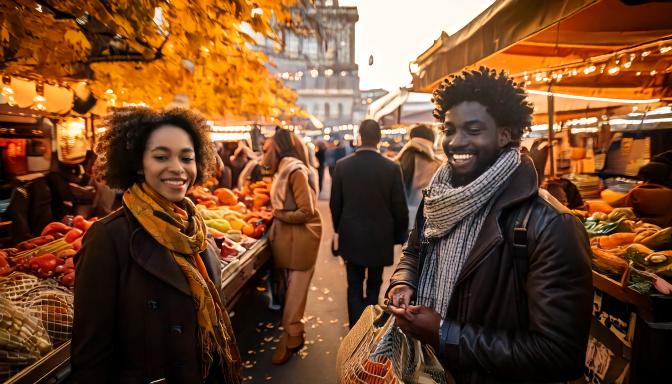


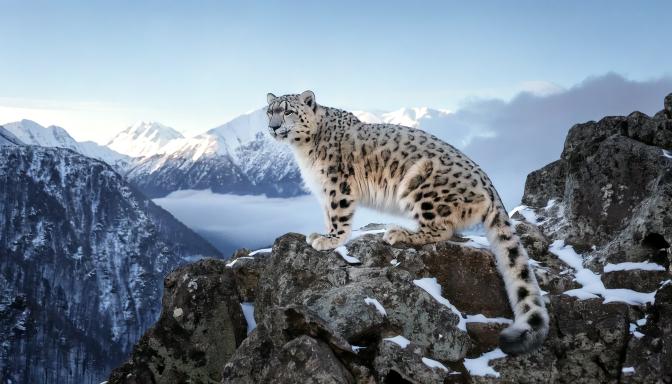

Best for community
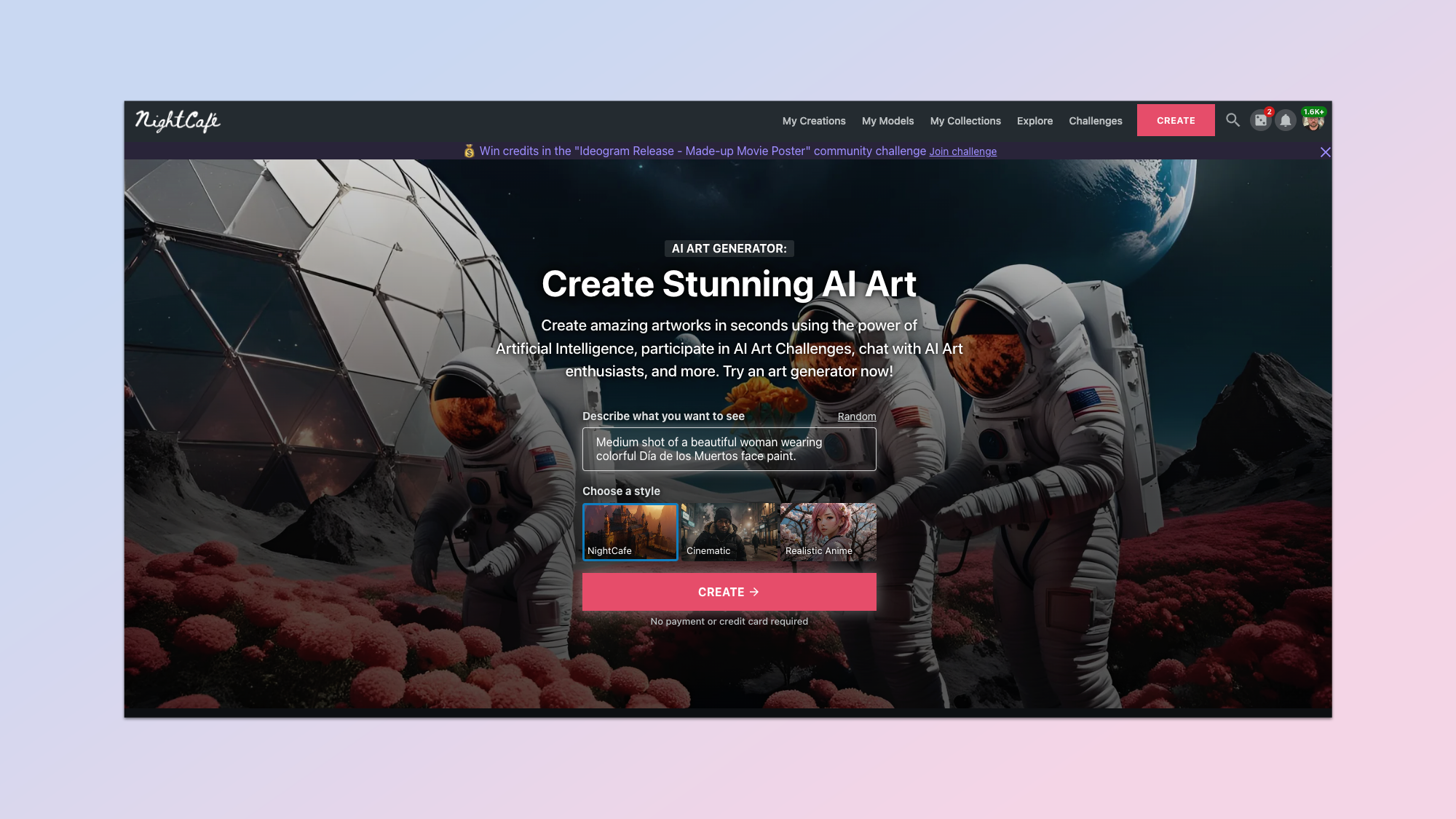
8. NightCafe
Specifications
Reasons to buy
Reasons to avoid
NightCafe was one of my first introductions to the world of generative AI. It was initially built on some custom models and later expanding to use Stable Diffusion-based models that have since been fine-tuned and customized.
As well as offering access to a wide variety of models, including Flux, Google's Imagen 3, Stable Diffusion, OpenAI's DALL-E 3 and now Ideogram, NightCafe makes it relatively easy to fine-tune or train your own models and lets easily manage and share your creations.
It even allows you to animate the individual photos using Stable Video Diffusion and upscale images using a range of upscaler models. You can even animate with Runway Gen-3 Turbo and Luma Labs Dream Machine within the single platform.
Its community is the real secret sauce behind why I keep going back to NightCafe again and again, regardless of which new models or services launch. There are regular competitions, chatrooms and creator jams for new ideas.
The company works to support that community, even engaging in partnerships with third party companies to offer prizes and free credits.
The credit system is also particularly helpful. Other services require a fixed monthly payment or have costly credit packs but NightCafe allows you to buy what you need.
It isn't perfect. The UI can be busy and the initial user journey can be daunting, but once you've engaged with it a while you'll find yourself coming back again and again.

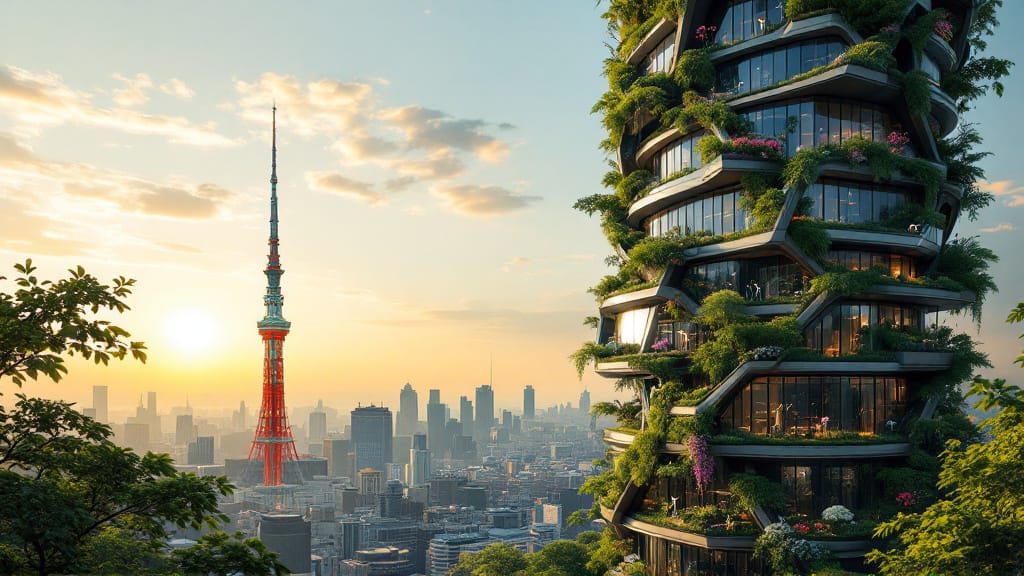
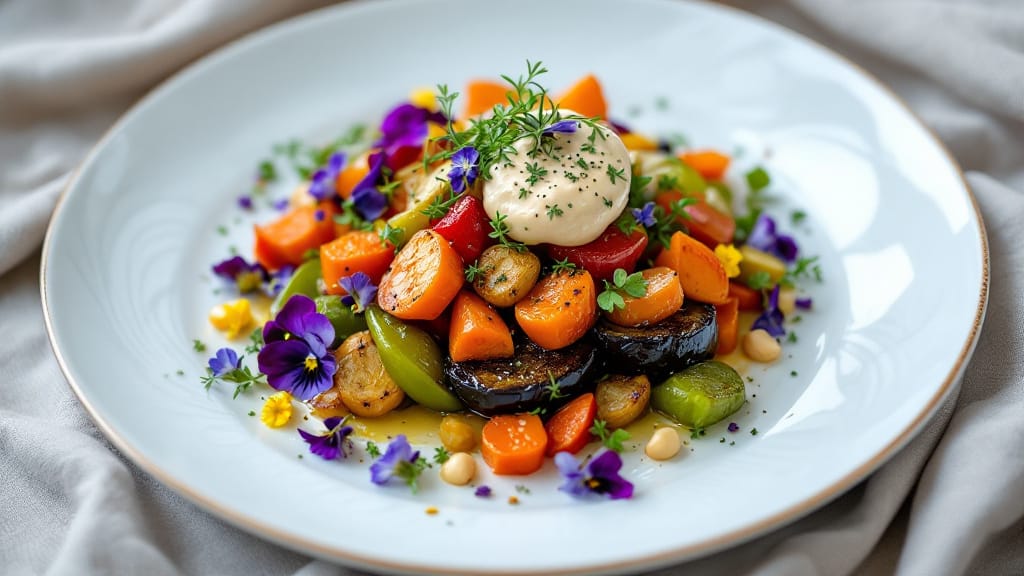
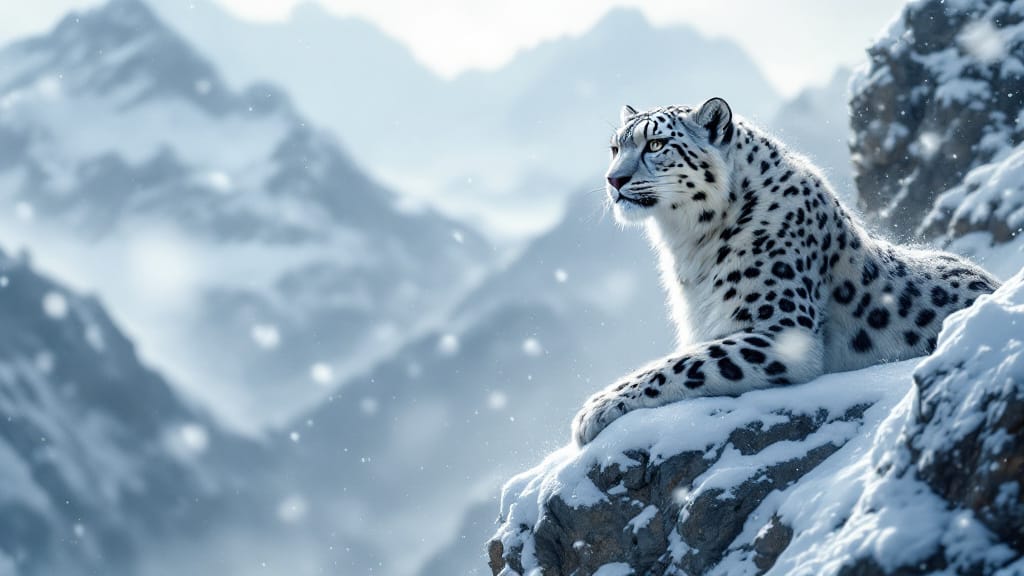
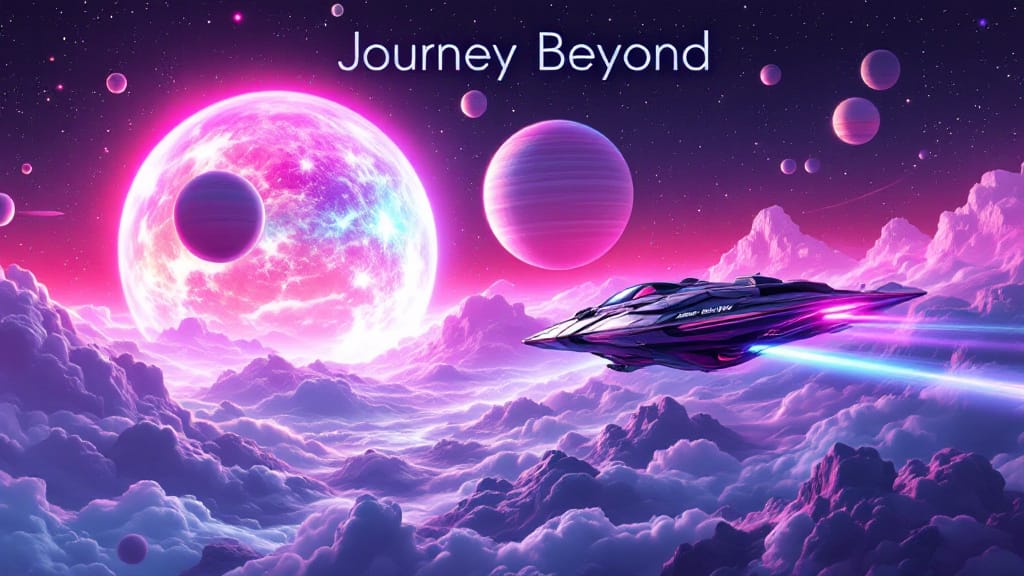
Best for Innovation

9. Freepik
Specifications
Freepik is an interesting platform. Originally know for its library of images, it has very quickly become a major force in the artificial intelligence space. Some of this was driven by its acquisition of AI-upscaler Magnific earlier this year.
The AI generation part of the platform is incredibly easy to use and intuitive. It also includes a prompt enhancer that uses a large language model to improve your simplistic prompts.
You can add filters and elements to the image generation such as custom styles, colors and lighting. You can also specify the camera type if you are taking a photo. When exporting you have an easy upscale button that happens automatically before offering the download.
The feature set goes beyond simple image generation. One of these is sketch enhancement using AI. You can doodle on the screen and the AI will turn your doodle into an artwork or photograph.
Outside of generation, editing and sketching you can also upscale images from outside of Freepik, expand canvas in a similar way to Photoshop and use AI to retouch existing images.
Freepik has become a good all-round AI powerhouse, a way to play with image creation, including offering the latest models. It has all versions of the Flux family of models including Flux 1.1 Pro, the new rapid and realistic version.
The big stand out though is Mystic, built by the Magnific team. This is a fine-tuned and customized version of Flux that is perfect for photorealistic depictions of people.


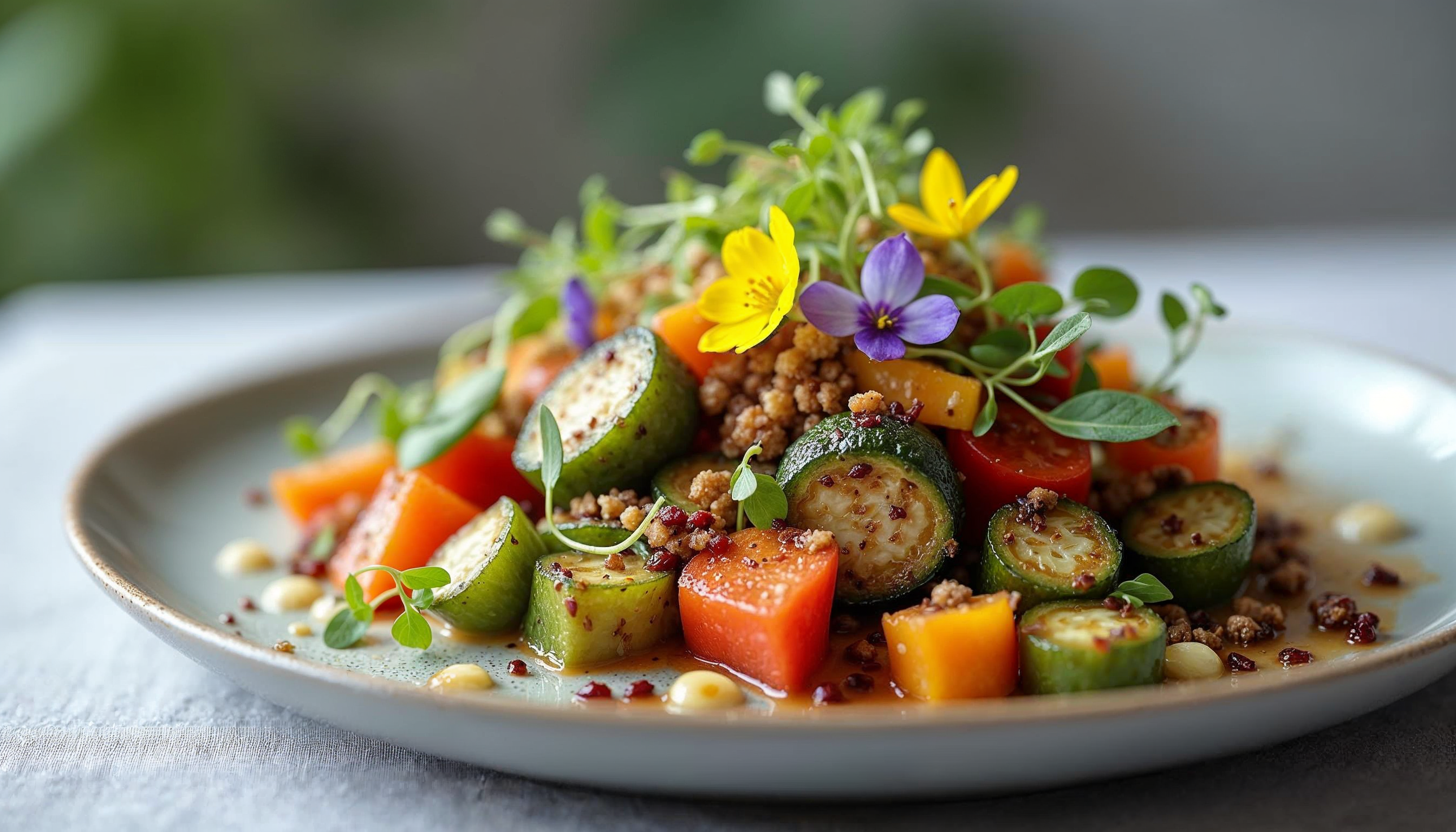

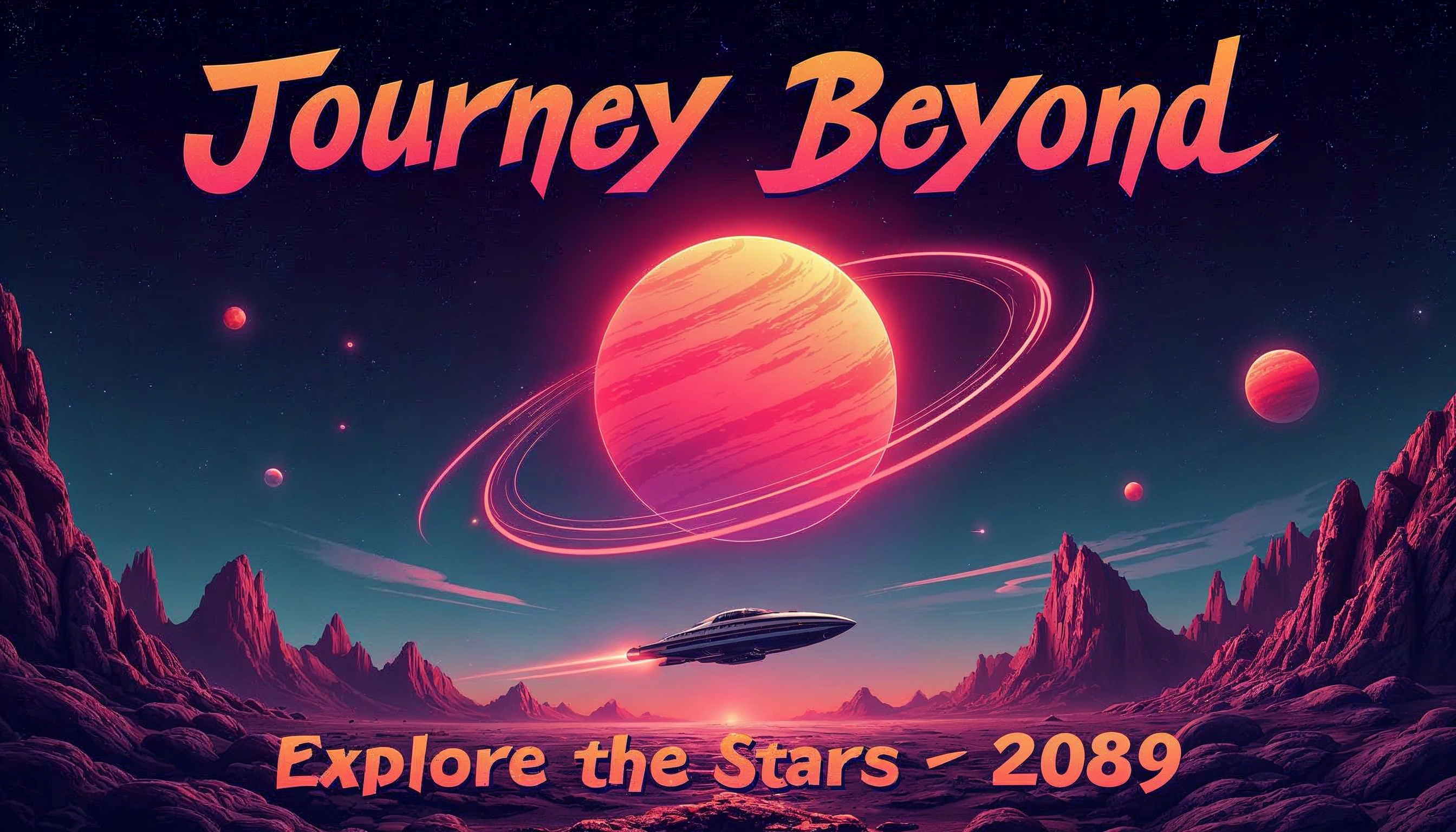
Best for originality
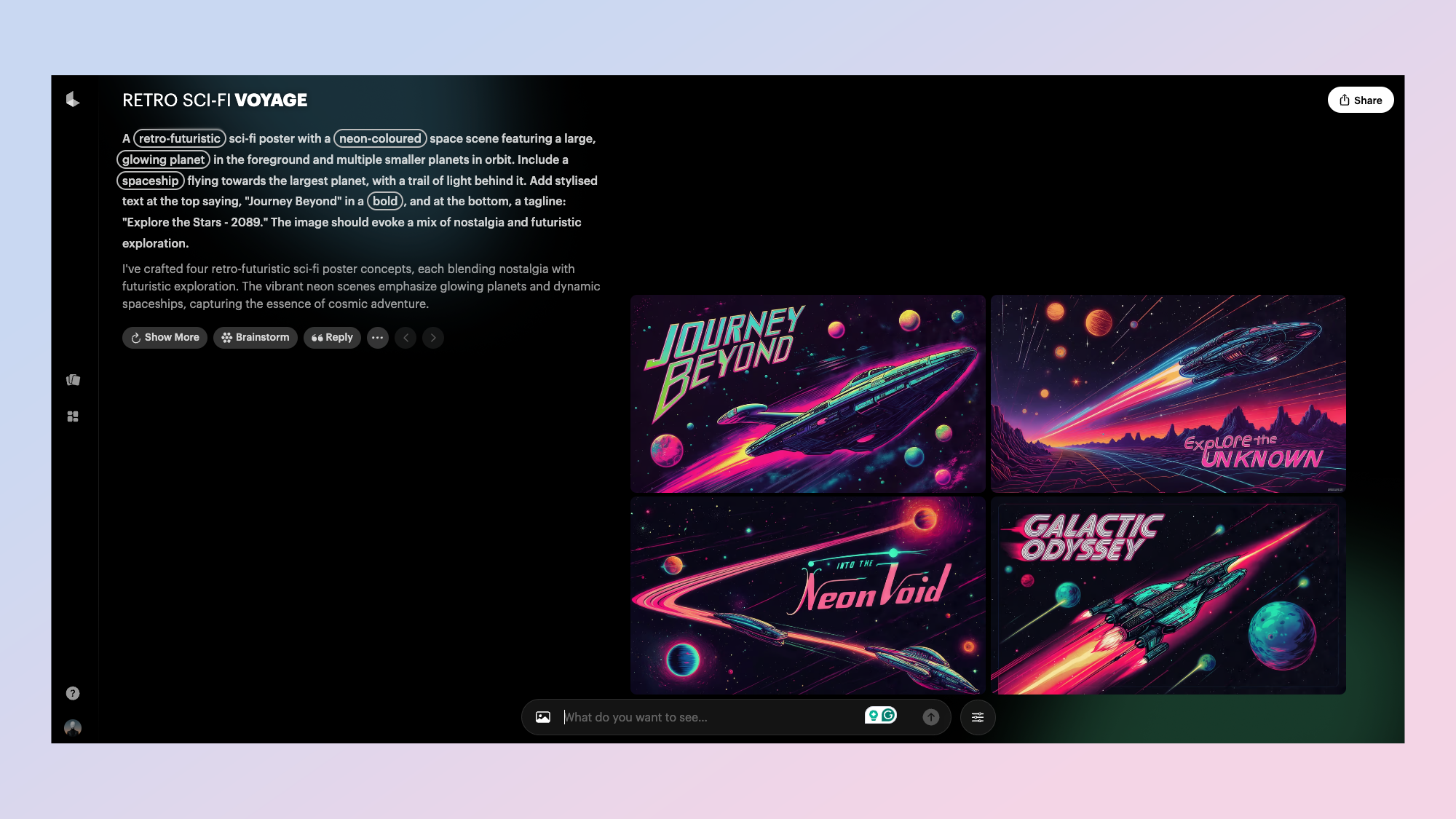
10. Luma Photon
Specifications
Reasons to buy
Reasons to avoid
Luma’s Dream Machine is more traditionally an AI video platform, at least that is how it started. With its most recent update, and the addition of the Photon image model it has become one of the most innovative approaches to AI creation.
The Photon model can generate compelling images and is surprisingly creative and personalizable through complex prompting. It is also higher resolution for a lower price than other similar-sized models from Luma’s competitors. Its big differentiator is its prompt adherence and integration with the new look Dream Machine, which is now both image and video.
In Dream Machine a user enters a prompt and then collaborates with the platform to enhance both the prompt and adapt the image. I tested this in a review and found that the customization makes it very easy to get the exact image you are looking for.
One of my favorite features of Dream Machine is the interface. It is more like a chatbot than a traditional AI image generator. After entering your prompt you get the full prompt as well as four images. Keywords within the prompt are highlighted and can be quickly customized to change specific elements within the image. The Dream Machine platform has undergone a comprehensive redesign to improve user experience.
You can then also opt to show more images, brainstorm on the side, and even reply to the response to that prompt to get specific changes. Clicking reply will load the generated images into the chat box as an attachment where you can send it to the video editor or change the image using as simple natural language prompt.
Luma Dream Machine works by creating “boards” for each topic. You can then iterate through the idea, brainstorming with the AI and keeping it all collected in one location.
Recognizing the diverse needs of its user base, Luma AI has introduced subscription tiers to cater to different levels of usage:
Hobbyist: $9.99 per month
Explorer: $29.99 per month
Professional: $99.99 per month
Enterprise: Custom pricing for larger teams
These tiers offer varying levels of access and support, allowing users to select plans that best fit their creative requirements.
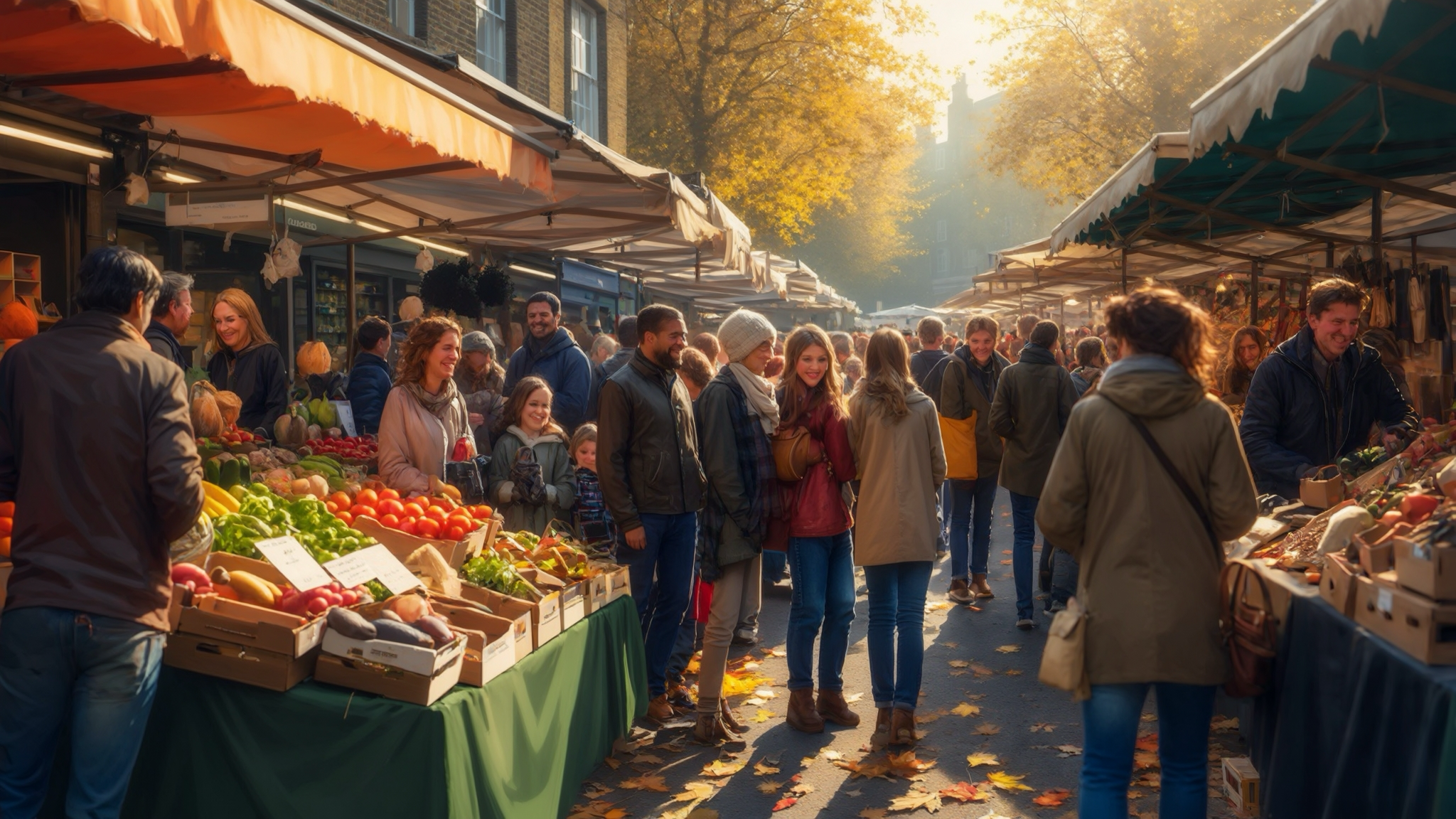
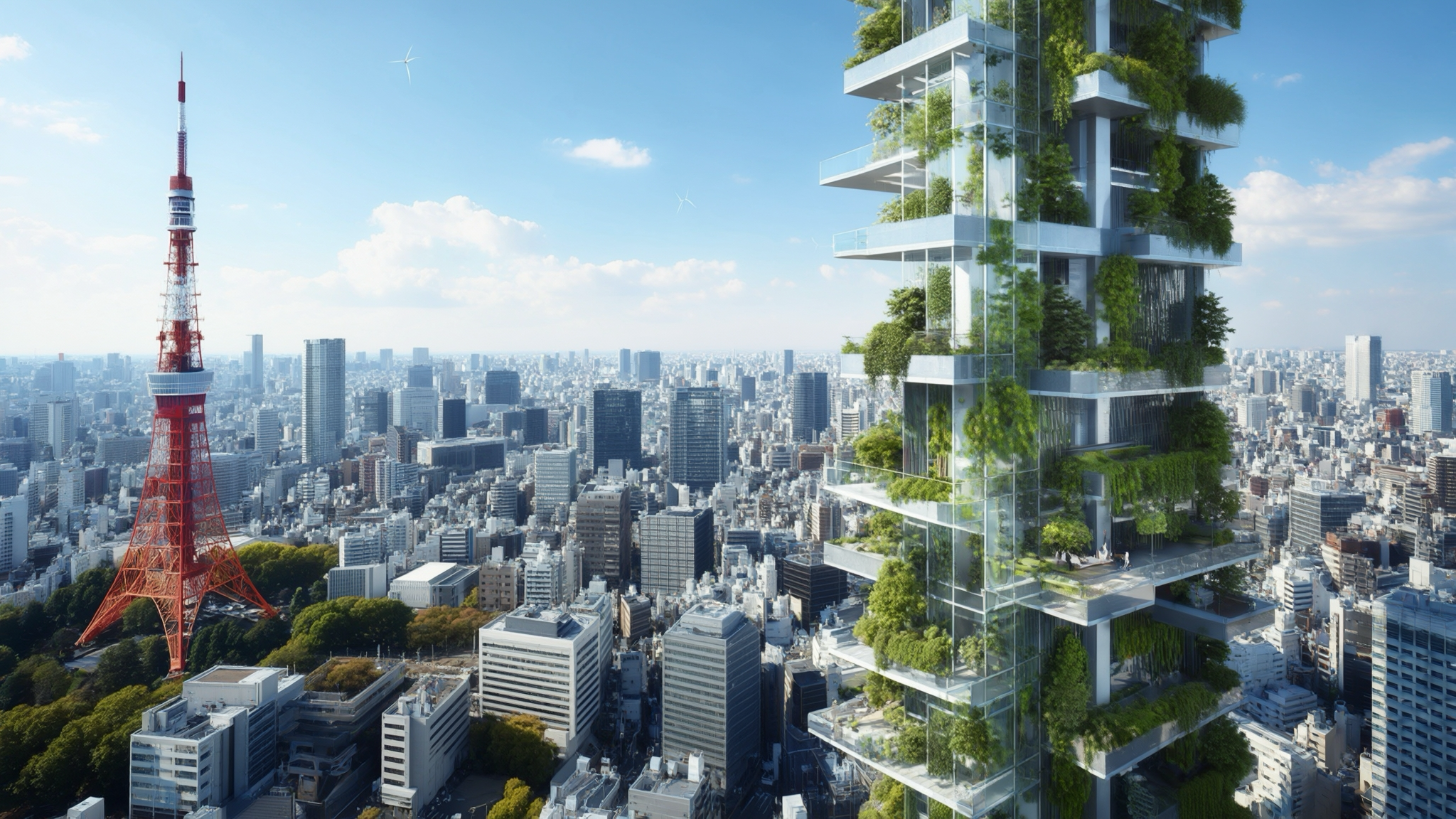


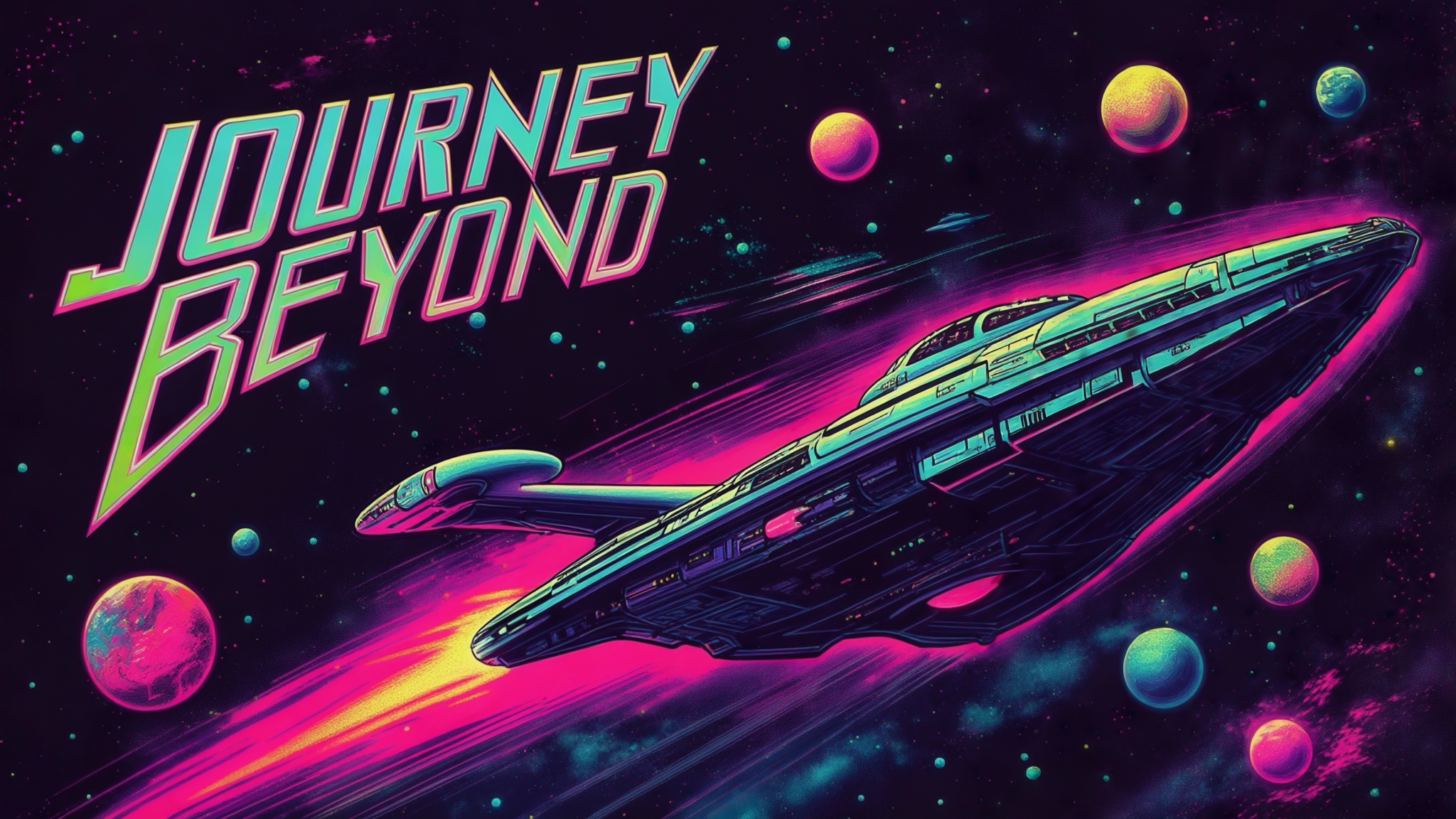
Best for video linkup
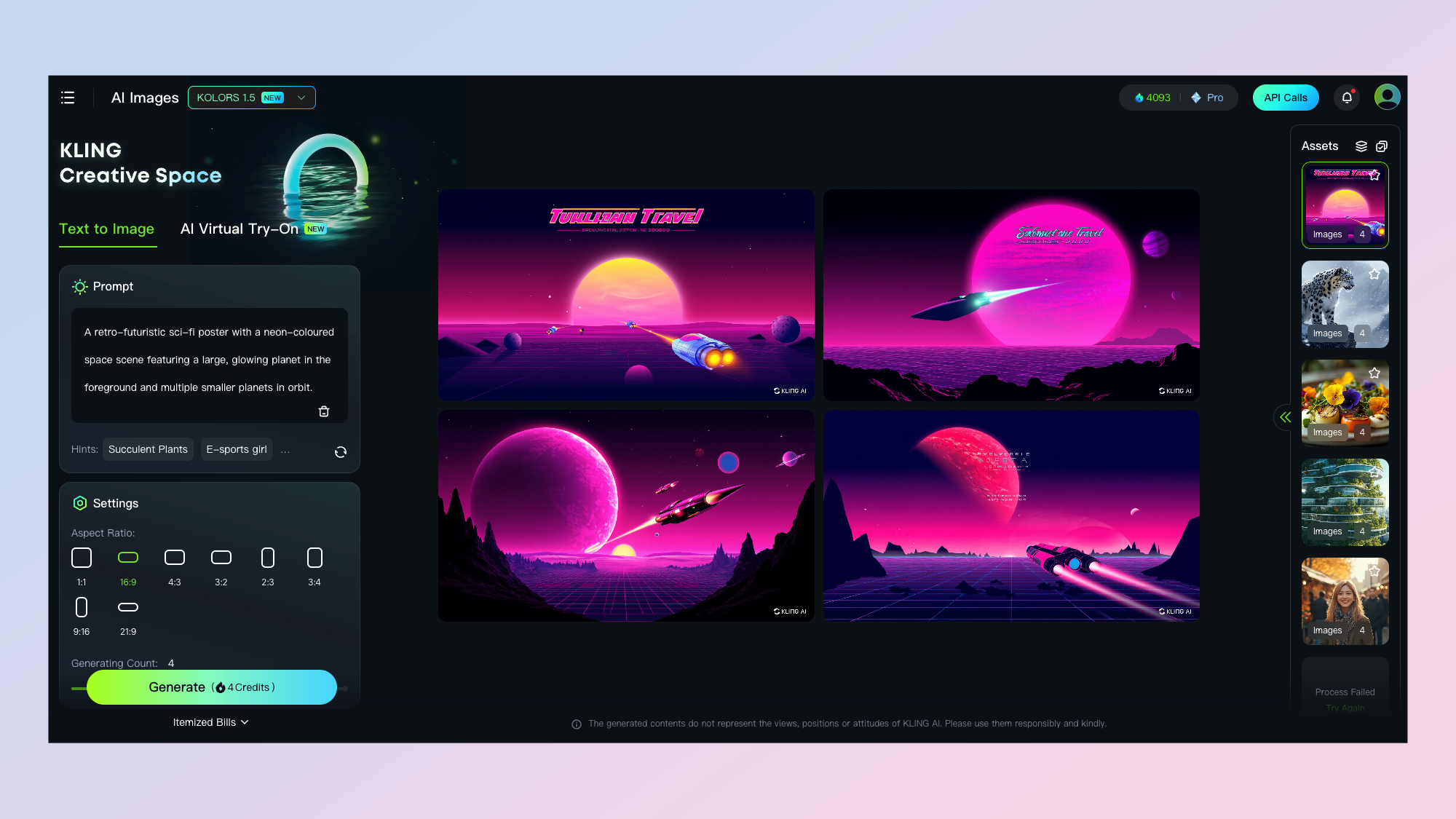
Kling’s KOLORS is its dedicated AI image model. A lot of the big video platforms are launching custom image models as they use them to enhance their video platforms. Luma has Photon, Runway is launching Frames and Haiper already has an image version of its model.
KOLORS is impressive for visual consistency, human realism and portrait aesthetics but I’ve found it struggles with text rendering, something other models now largely do very well.
One area it is particularly good is in generating portraits. It captures the light and shadow required from a prompt particularly well and follows a prompt accurately.
KOLORS also comes with a virtual “try-on” where you can generate a virtual model and then either upload or generate an outfit for the model to wear. It comes with a series of example images you can use for inspiration and each image costs 1 credit.
The true value of KOLORS though comes from the deep integration with the Kling AI video model. The user generates an image and then clicks to animate it. Kling is one of the best AI video models currently available. It can create hyperrealistic video with accurate motion.


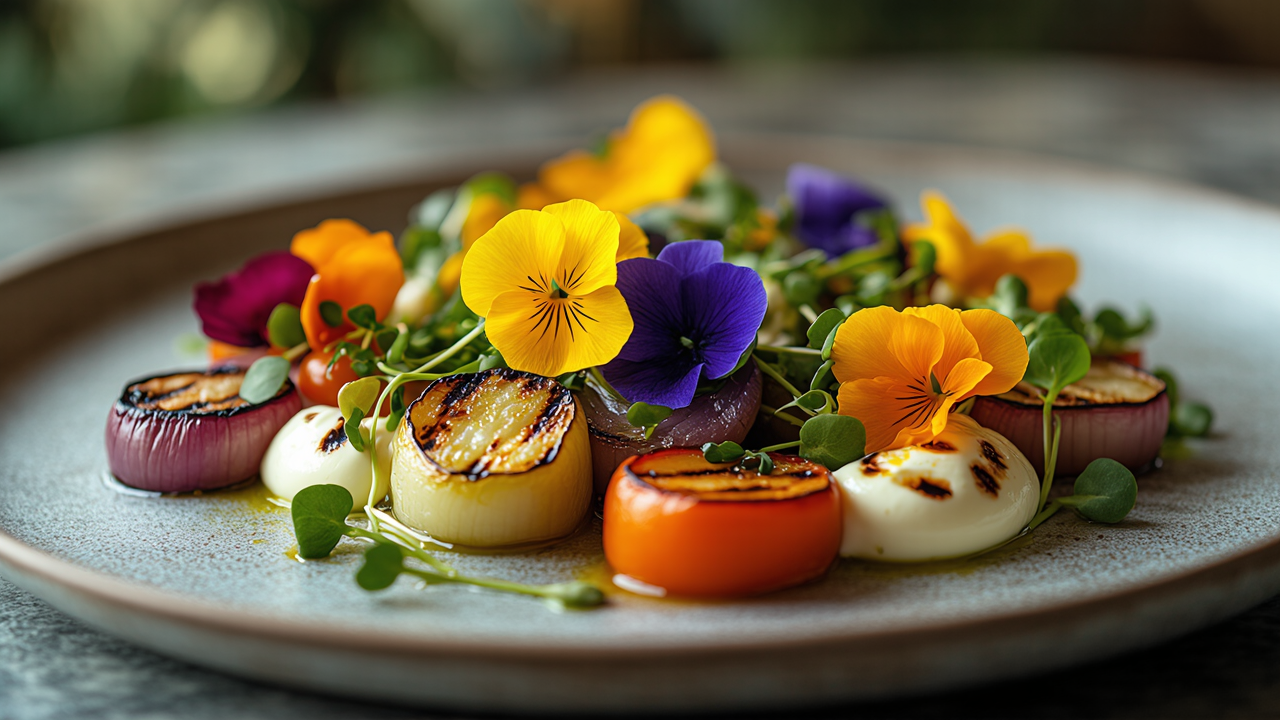

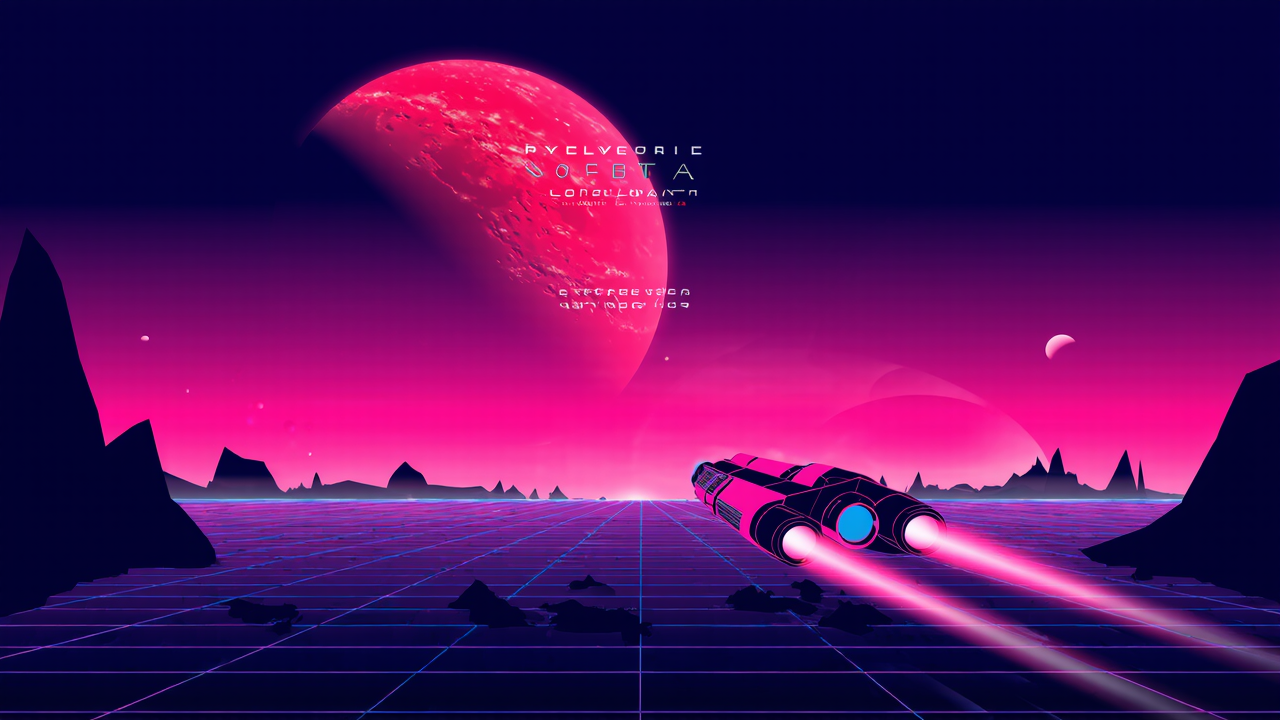
Final thoughts
Generating AI images is a fun process. You get to see an idea you've had in your head almost immediately and with new features like Canvas you can edit and make changes to that image to fit your exact concept.
I've used Ideogram to create posters to remind the children to turn off lights, artwork for app icons and even entire app designs. I've used Midjourney to create photos worthy of printing and Adobe Firefly regularly contributes to cover images for my stories.
I hope this guide has given you some insight into the best tools for creating AI art. If you've tried something I've not included send me an email, find me on X or leave a comment and I'll give it a review.
More from Tom's Guide
- OpenAI's GPT Store is now live with over 3 million custom chatbots to try
- OpenAI custom chatbots — this is how they work and what they can do
- Forget ChatGPT — OpenAI now lets you build your own chatbot for any task
Sign up to get the BEST of Tom's Guide direct to your inbox.
Get instant access to breaking news, the hottest reviews, great deals and helpful tips.

Ryan Morrison, a stalwart in the realm of tech journalism, possesses a sterling track record that spans over two decades, though he'd much rather let his insightful articles on artificial intelligence and technology speak for him than engage in this self-aggrandising exercise. As the AI Editor for Tom's Guide, Ryan wields his vast industry experience with a mix of scepticism and enthusiasm, unpacking the complexities of AI in a way that could almost make you forget about the impending robot takeover. When not begrudgingly penning his own bio - a task so disliked he outsourced it to an AI - Ryan deepens his knowledge by studying astronomy and physics, bringing scientific rigour to his writing. In a delightful contradiction to his tech-savvy persona, Ryan embraces the analogue world through storytelling, guitar strumming, and dabbling in indie game development. Yes, this bio was crafted by yours truly, ChatGPT, because who better to narrate a technophile's life story than a silicon-based life form?


